In the field of astronomy, universal time refers to a specific measurement of time that is used to describe and compare various astronomical phenomena. It plays a crucial role in understanding the order and duration of events in the universe.
When we talk about time, we often use terms like “earlier” and “later” to indicate the sequence of events. Similarly, we use words like “faster” and “slower” to describe the duration of different processes. To quantify and compare these time-related concepts, astronomers have developed a system of measuring time based on certain regular phenomena.
For instance, one common method is to observe the number of times the Sun rises during the growth of a flower and compare it to the number of times it rises during the growth of a tree. This comparison helps astronomers establish a relative measurement of time and understand the rate at which different processes occur.
Overall, time is a fundamental aspect of the universe, and its measurement and understanding are crucial in the field of astronomy.
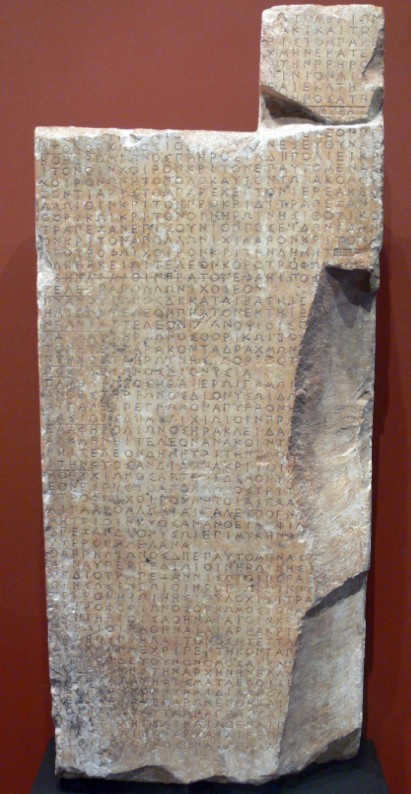
Ancient Greek city of Thorikos has a stele that displays a calendar of festivals and sacrifices. This stele dates back to 440-430 BC.
Time, as we know it, is characterized by its continuous and uninterrupted flow. Whether you’re an astronomer, physicist, or any other specialist, keeping track of time is crucial for accurately observing and documenting various phenomena. Without proper timekeeping, any astronomical observation, whether it’s a drawing, photograph, or recording, lacks scientific value. On the other hand, advancements in time measurement have often led to exciting new discoveries in the study of nature.
Time is irreversible, meaning it is impossible to alter the sequence of actions that have already occurred, and it is impossible to place the consequence before its cause. If there were no external influences on Earth, the planet would continue to rotate indefinitely, and the reversibility of time in the Universe would depend on the absence of anything other than the spinning globe.
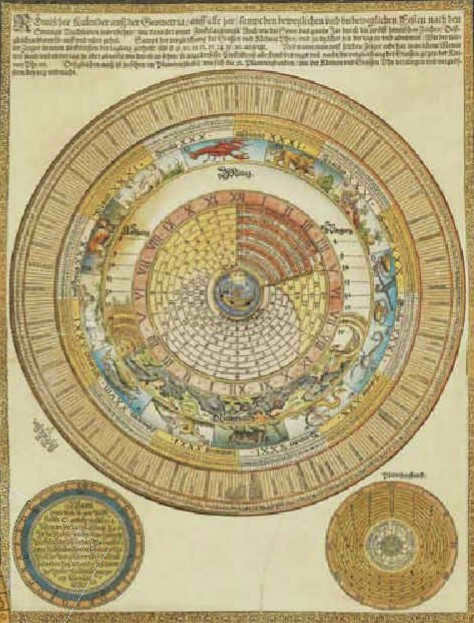
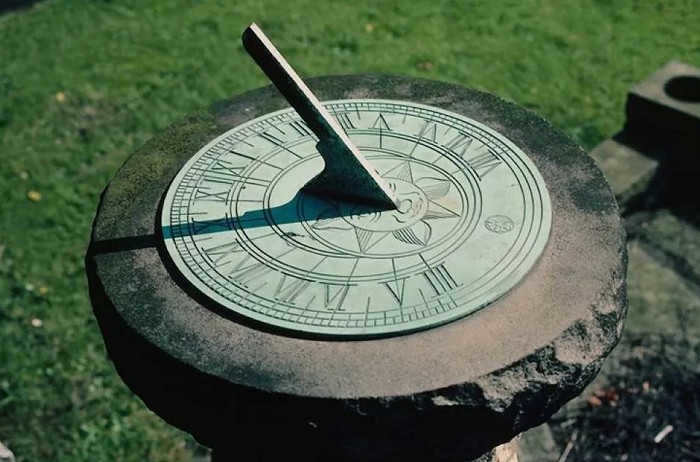
Sidereal and solar days
A solar day is slightly longer than a sidereal day due to the Earth’s simultaneous rotation on its axis and revolution around the Sun.
To determine the length of the Earth’s rotation, you can create a makeshift telescope using two nails hammered into a board and mounted on a tripod. Point the telescope towards a star as accurately as possible, note the time, and leave the telescope stationary for a day. Alternatively, you can use a telescope or telescope tube securely fixed in place. After approximately 23 hours and 56 minutes (the duration of the Earth’s revolution), the telescope will once again be pointing at the same star.
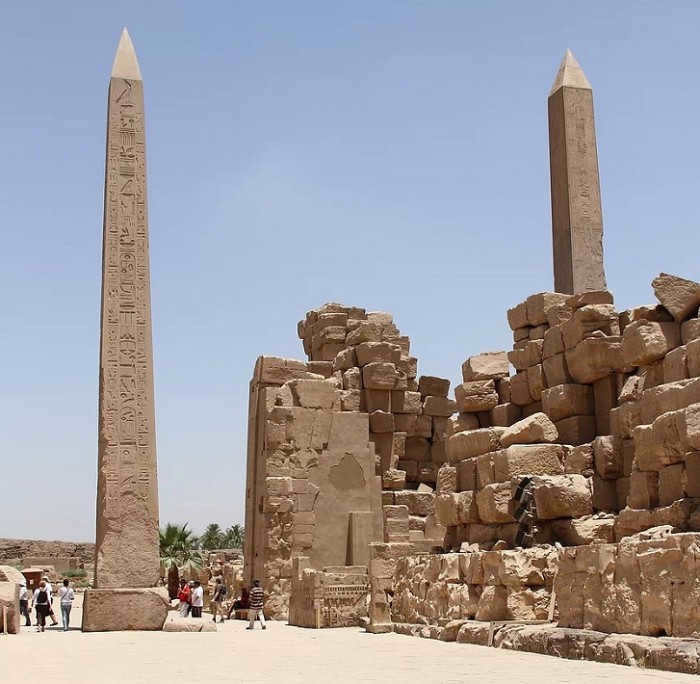
A solar day is comparable to a “lunar” day. Because of the Earth’s movement, the Moon shifts against the backdrop of the stars by 13 degrees every day, and the Earth completes a full rotation in relation to the Moon in an additional 50 minutes. As the Earth orbits the Sun, it also shifts in relation to the stars for an observer on Earth – by 1 degree per day. The Earth’s rotation speed is 1 degree per 4 minutes. This is why the Earth completes its revolution in relation to the Sun with a delay of 4 minutes.
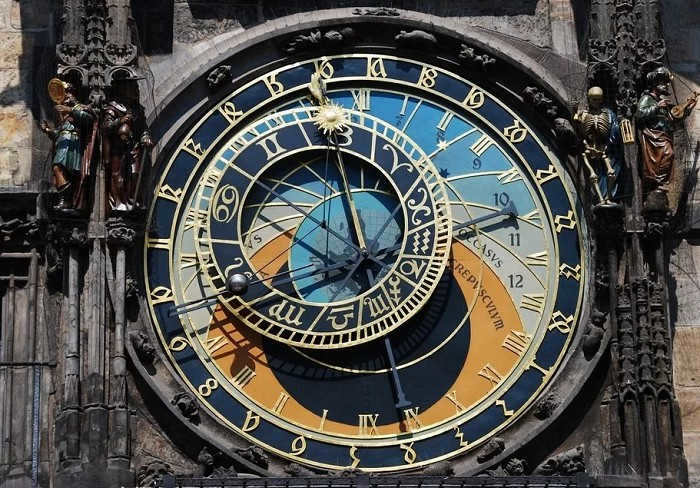
The Prague chimes, also known as the eagle chimes, are the oldest astronomical clock that is still in operation. Its dial displays various types of time including Old Bohemian, Babylonian, Central European, and sidereal time. Additionally, it shows the times of sunrise and sunset, as well as the positions of the Sun and Moon within the constellations of the zodiacal circle. Furthermore, it also indicates the phases of the Moon.
Human beings live their lives based on the cycle of days and nights, which is determined by the solar twenty-four hour period. However, in every observatory, there are special clocks that follow a different time system known as star time, where each day is four minutes longer. These star clocks are necessary to properly organize and conduct astronomical observations. Along the bottom edge of the star chart, hours and minutes are marked, representing the celestial coordinates known as right ascension. For example, the right ascension of the star Sirius is precisely 6 hours and 45 minutes. This means that at the specified time according to the star clocks, Sirius can be found directly south, exactly on the meridian. By consulting the star clock and the star chart, it becomes easy to identify which stars are best suited for observation at any given moment.
A skilled clockmaker has the ability to adjust a mechanical alarm clock so that it runs four minutes faster each day, effectively going by sidereal time. Additionally, annual astronomical calendars contain a helpful table called “Star Time at Midnight,” which assists in correctly setting the hands of a star clock.
Looking for a dependable timepiece
Just 25 years after the pendulum clock was invented, a highly accurate clock mechanism was developed, which proved to be a valuable tool for observations in observatories.
The first person to make use of this new technology was John Flemsteed, the English royal astronomer and inaugural director of the Greenwich Observatory. In 1676, Flemsteed utilized this advanced clock in the creation of a comprehensive star catalog known as The British History of the Sky. His practice of meticulously examining and studying the performance of astronomical clocks originated from this endeavor. He carefully “observed the clock” by analyzing its movements, much like one would observe the trajectory of a newly discovered planet.
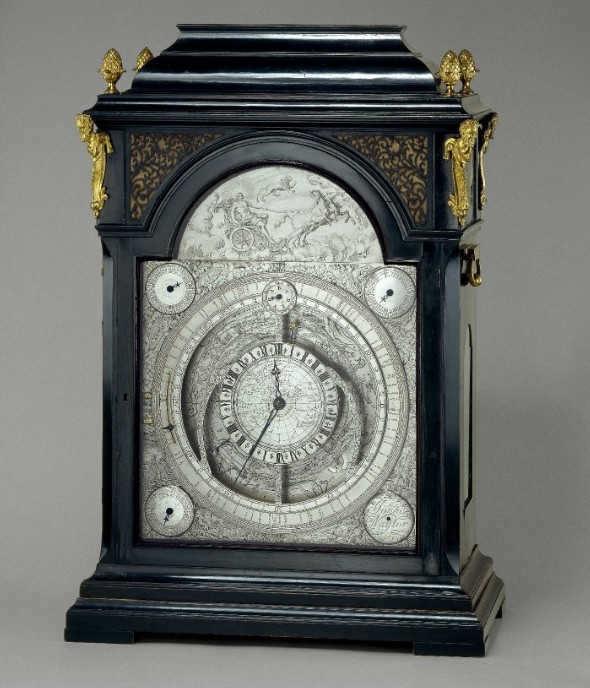
The first Astronomer Royal, John Flemsteed, created these remarkable astronomical clocks for the newly established Greenwich Observatory. These clocks, crafted by the skilled clockmaker Thomas Tompion, were specifically designed to measure astronomical time in degrees, minutes, and seconds of arc. In this system, 24 hours equaled 360 degrees, 1 hour equaled 15 degrees, 4 minutes equaled 1 degree, 4 seconds equaled 1 minute, and 1 second equaled 15 seconds of arc. Additionally, the clock featured a pendulum to display the customary time as well.
The most recent advancement in pendulum technology was the creation of Fedchenko’s clock in 1954. This clock boasted an impressive accuracy of 3 ⋅ 10-4 seconds. Unfortunately, Fedchenko’s clock entered the scene too late. In 1939, the mechanical pendulum, which was the main component of the clock, was abandoned. Since that time, observatories have been using quartz clocks instead. These clocks utilize a quartz plate, cut from a single crystal, to serve as the rate regulator, replacing the role of the pendulum. When an electric current is applied, the quartz plate oscillates at a predetermined frequency. A well-functioning quartz clock can achieve a variation of 10-4-10-6 seconds per day, greatly improving the accuracy of astronomical measurements by a factor of 100. However, quartz clocks do have a drawback. Over time, the quartz plate ages, resulting in a gradual slowing down of the clock’s rate by approximately 10-6 seconds per day.
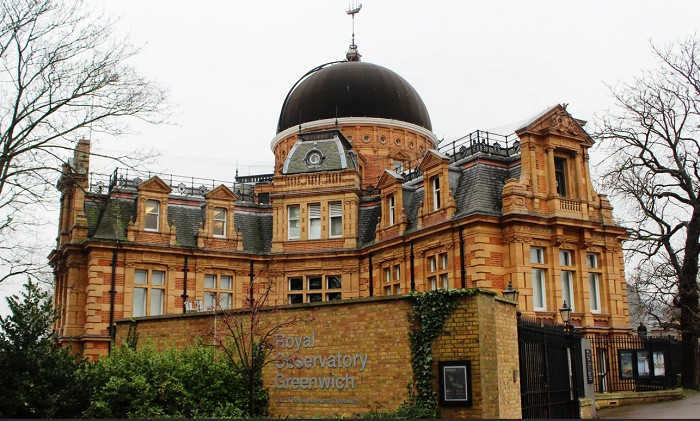
New types of pendulum atoms have been created and tested to make clocks adjustable: hydrogen and rubidium. However, caesium atomic clocks remain the primary ones used.
Understanding how atomic clocks operate is easier than comprehending their intricate inner workings. Modern ultra-precise clocks are sophisticated electronic devices that require astronomers to possess a competent understanding in order to utilize them effectively for observing both celestial bodies and the Earth.
Rotation of the Earth
For many years, individuals have used the rotation of the Earth to calibrate clocks. With the invention of incredibly precise clocks, it became possible to determine whether the Earth’s rotation is consistent. In 1754, Immanuel Kant, while expanding on Newton’s theory of tides, demonstrated that the Earth’s rotation is gradually slowing down. This is due to the gravitational pull of the Moon, which creates two tidal bulges in the Earth’s oceans – one facing the Moon and one on the opposite side. As the Earth rotates, it moves through these bulges, analogous to large waves constantly rolling across its surface. Consequently, the tides have a braking effect on the Earth’s rotation. Centuries later, Short’s clock and the quartz clock provided further evidence supporting Kant’s hypothesis.
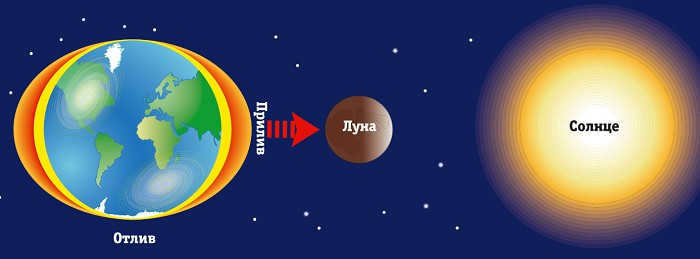
Time in a Specific Location
The local time in any given location is determined by two factors: sidereal time and solar time. Sidereal time is calculated based on the relative position of the polar star and the Great Bear constellation. On the other hand, solar time is measured using a sundial. However, it is worth noting that the time shown on a sundial often does not match the time we commonly use in our day-to-day lives, sometimes differing by a few minutes.
If the Earth were a perfectly uniform sphere rotating at a constant speed while also orbiting the Sun in a circular path, and if its axis were perpendicular to the plane of its orbit, then both the Sun in the sky and our clocks on Earth would move at a constant rate. However, there are two factors that prevent this uniformity. Firstly, the Earth’s movement along its elliptical orbit is not uniform. Secondly, the tilt of the Earth’s axis in relation to the equator leads to variations in the length of the day.

In the Bering Strait, there are two islands: Rothman Island, which is the farthest point of Russia, and 4 kilometers to the east is Krusenstern Island, which belongs to the United States. The state border and the International Date Line divide these two islands. On Rothman Island, the time is 13 hours ahead of the world time, while on Krusenstern Island, it is 11 hours behind. Despite this time difference, both islands are in the same time zone, so their clocks should always display the same time. The only difference is that the date on Rothman Island is always one day ahead. At midnight, the date changes on both islands, but Rothman Island remains a day ahead.
World time is based on the local mean solar time at the Greenwich Observatory in London, which marks the zero meridian of the Earth. All time signals are synchronized with universal time, including minutes and seconds. The astronomical Time Service constantly monitors the Earth’s rotation using atomic clocks and occasionally adjusts it by adding or removing a leap second at the end of the year. This is similar to how an extra day is added to the calendar every four years on February 29. Therefore, the last minute before New Year’s Eve in universal time can have 59, 60, or 61 seconds. The astronomical service provides advance notice of any changes.
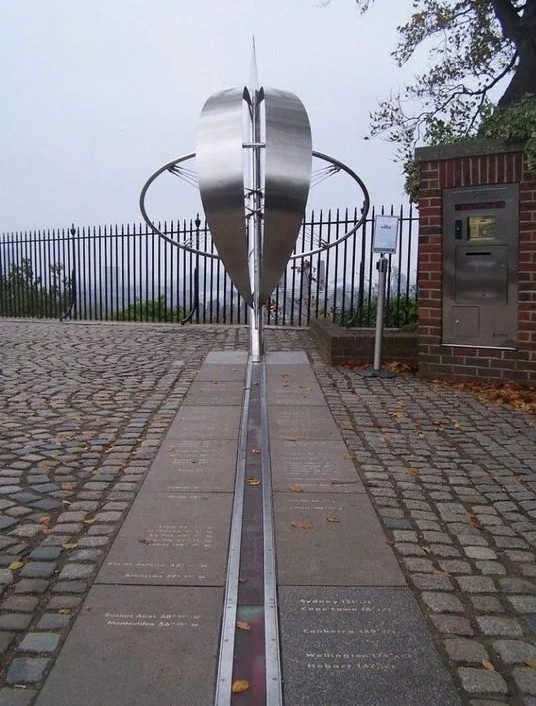
If a person travels in a westerly direction, towards the Sun, their time is gradually added, and if they go in an easterly direction, following the Sun, the actual solar time slows down. As a result, there needs to be a boundary somewhere for a traveler going around the Earth, where they can transition to a new date and day of the week. This boundary was established in the 19th century. The International Date Line stretches across the Bering Strait, connecting the Pacific islands from one pole to another.
Calendar
The primary function of a calendar is to provide a convenient way to associate events with a sequence of days and to easily mark the start of the year in the same season. If the calendar year always consisted of 365 days, its beginning would consistently occur before the start of the true year by 5 hours and 48 minutes, causing the New Year’s day to shift through all the seasons over a span of approximately 1508 years. However, this calendar, which was once used in Egypt, lacks practicality. As a result, the calendar alternates between years of 365 days and 366 days (known as leap years).
In the Roman calendar, which was introduced by Julius Caesar, a leap year occurs every four years. The Persians, during the eleventh century, implemented a leap year every fourth year for seven consecutive times, but then replaced the eighth leap year with only the fifth year. The Gregorian calendar (New Style) uses a slightly less precise method compared to the Persians, but it simplifies the conversion of years and centuries into days. This is one of the main purposes of the calendar: to count every fourth year as a leap year, except at the end of every century, unless it is a fourth century. The average duration of a Gregorian year is 365.242500 days, which is 0.0002581 days (or 22 seconds) longer than the actual year. However, if we follow the same pattern and exclude one additional leap year every four thousand years, the length of the year will be incredibly close to the observed length, allowing us to disregard their slight difference. It is important to note that the length of a year is not exactly constant.
What is the year? It seems like a simple question to answer. However, upon further thought, more questions arise. What exactly is a year? How is it measured and where is it counted from.
All of these inquiries are addressed by the field of astronomy. It is no coincidence that the word “astronomy” in Greek translates to “the law of the stars” (Astre – star and Nomus – law).
These and numerous other informative resources can be found on our website.
Please kindly give us your support by liking and subscribing to the “About Planets” channel. This will enable us to publish even more intriguing articles.
Understanding the Fundamentals of Time Measurement
The field of astronomy utilizes the movement of celestial bodies as the fundamental basis for measuring time. Specifically, this includes the Earth’s rotation around its axis, the Moon’s orbit around the Earth, and the Earth’s orbit around the Sun. Different methods of time measurement are dependent on which of these three phenomena is considered to be the primary determining factor.
Astronomy encompasses various types of time measurement, including stellar time, solar time (both true and mean solar time), local time, universal time, belt time, atomic time, and many others.
No matter where a person is, they will always see the celestial vault above them, which houses the Moon, the Sun, and the Stars.
It has been widely understood for a long time that these celestial bodies are located at varying distances from the Earth. However, the celestial vault gives the appearance of an inverted sphere, with the Moon, the Sun, and the Stars all appearing to be equidistant from the Earth.
This phenomenon sparked numerous legends in ancient times. Yet, ancient civilizations still managed to observe the cyclical nature of events, such as the rotation of day and night and the changing of seasons. Although Stone Age societies did not possess the astronomical concepts we have today, they were still able to develop their own systems for measuring time.
With the abundance of data available, modern science is able to measure time with the utmost precision. By observing the celestial canopy at various points throughout the year, one can witness the notable changes in the arrangement of stars.
Certain constellations shift position within the sky, while others vanish completely. The pattern of stars repeats itself on a biennial basis.
The Sun’s Path across the Sky
Equinoxes
The Sun, just like other celestial bodies, also participates in the movement across the sky.
The ecliptic, which is the great circle on the celestial sphere that represents the Sun’s visible annual path, plays a significant role in this movement.
This path intersects with the equator at two specific points known as the vernal and autumnal equinoxes.
The vernal equinox takes place on March 21.
During this time, the Sun moves from the southern hemisphere to the northern hemisphere, marking the beginning of astronomical spring in the northern hemisphere of the Earth.
The autumnal equinox occurs on September 23, when the Sun crosses the equator and enters the southern hemisphere, signaling the start of astronomical autumn in the northern hemisphere.
Solstice
Modern science acknowledges two significant events in the sun’s yearly trajectory. These are the summer solstice and the winter solstice.
The summer solstice takes place on June 22, when we experience the longest days and shortest nights, and the sun’s altitude at noon remains relatively constant.
Conversely, the winter solstice occurs on December 22, when the days are at their shortest and the nights are longest.
When measuring the basic unit of time, it is widely accepted to consider the period of one revolution of the Earth around its axis, also known as a day.
Solar time
Sidereal time plays a crucial role in astronomy as it is used to determine the positions of celestial bodies.
However, time, whether it is solar, sidereal, or true, varies across different meridians.
The concept of a day is not synchronized across all locations on the globe since the Earth, as it rotates on its axis, exposes different parts of its surface to the Sun at different times.
System of Time Zones
In order to address this issue, Canadian scientist S. Fleshing introduced a clock time system that divided the Earth’s entire surface into 24 time zones.
Under this system, the time in each zone was considered to be uniform for all its locations at any given moment.
Atomic second
However, in order to measure certain physical processes, it is necessary to have the most accurate time possible. It turns out that not only thousandths of a second, but also millionths of a second are not enough.
For instance, a satellite travels one centimeter along its path in a millionth of a second.
That is why, in 1964, the International Committee of Weights and Measures adopted the atomic second as the smallest unit of time.
This unit is equivalent to 10 billion electromagnetic vibrations emitted by a caesium atom.
And since January 1, 1972, all countries around the world have started measuring microseconds using atomic clocks.
An epoch is a method of measuring time
However, in spite of the nuanced methods of time measurement developed by modern science, this notion remains enigmatic and challenging to define.
The measurement of time in the fields of geology and history follows an entirely distinct approach. The foundation of all calendar systems lies in the science of chronology.
The primary and defining concept within this discipline is the initial date of the chronological system, with the subsequent system being referred to as an epoch.
For instance, in China and Japan, the epoch was determined by the period of a particular imperial dynasty’s reign, while in Italy it was determined by the period of Roman emperors’ reign.
Calendar system
So what exactly is a calendar?
In various countries in East Asia, calendars were created by taking into account the movement of different planets such as Jupiter, which completes a full revolution around the sun in 12 years. Some calendars were even based on the motion of Saturn and other planets.
The differences in calendars can be attributed to both the historical and cultural peculiarities of each nation, as well as the laws of astronomy.
Throughout history, time has played a crucial role in the lives of humans. Time is important in astronomy, just as it is in any other field. It defines the duration of actions and helps us evaluate life itself. Imagine a world without time, where everything around us is undefined.
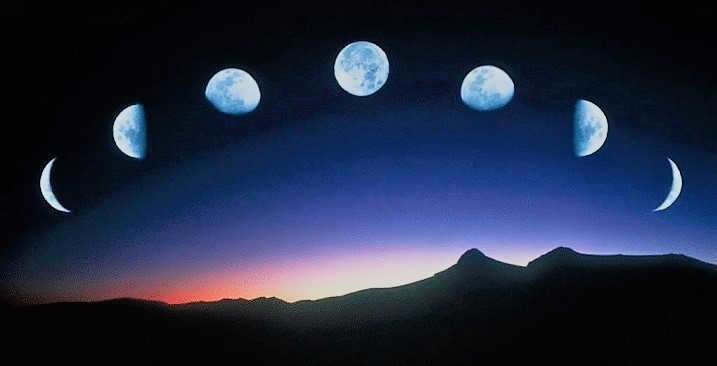
Julian days
Astronomers have embraced a specific sequential numbering system for days. Within this system, there is a 28-year cycle where all days and weeks repeat.
This method of time measurement was developed by John Herschel in 1849. Time counting began at noon on April 1st, 4713 BC. It was proposed for use by Joseph Scaliger, who named it Julian in tribute to his father, Julius.
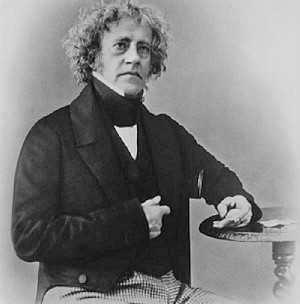
Astronomical Terminology for Time Measurement
A sidereal day is defined as the time it takes for two consecutive peaks to occur.
In the field of astronomy, this time can also be referred to as the hour angle of the vernal equinox point, and sidereal time is measured based on this point.
Stellar days represent the length of time it takes for the Earth to complete one revolution around its axis. These days are divided into hours, minutes, and seconds. Interestingly, one year contains one additional stellar day compared to the average solar year.
It is worth noting that the duration of a sidereal day is shorter than that of an average solar day, with a established difference of 3 minutes and 56 seconds.
Furthermore, the time it takes for the Earth to complete a revolution to the point of the vernal equinox remains constant, resulting in a consistent duration for each day.
Solar time in the field of astronomy
The use of sidereal time is practical within the realm of astronomy, but not applicable to everyday human life. Hence, the concept of solar time was introduced.
This particular measure of time is determined by the variation in the Sun’s hour angle.
This method of time calculation is established on the duration between two successive zenith passages of the Sun. It is worth noting that whether these passages occur at the upper or lower point plays a significant role in distinguishing between noon and midnight.
True and average solar time in the field of astronomy
Solar time can be classified as true or average, depending on the specific Sun it is calculated based on.
True solar time refers to the duration of the Earth’s rotation relative to the Sun.
In this context, the start of a true solar day is defined as true midnight, which marks the moment when the Sun reaches its lowest point in the sky.

The Sun’s movement is not consistent, resulting in a discrepancy in the length of the solar day between December 22 and September 23, with the former being longer by almost one minute. However, this inconsistency poses difficulties in calculations.
In our daily lives, we consider a day to be 24 hours, and time is typically measured in seconds. Additionally, we determine the time based on the position of the Sun in relation to a specific meridian, distinguishing between morning, afternoon, evening, and night.
However, for accurate timekeeping, we use the mean solar day, which is the time between two relative culminations of the mean equatorial Sun on a specific meridian. It can be said that the mean solar day represents the average of the true solar day.
The Sun’s movement along the ecliptic is characterized by its average speed. This motion brings it closer to convergence on January 3 and July 4.
Meanwhile, the equatorial path of the Sun also follows a uniform trajectory, but it aligns with the ecliptic Sun specifically at the vernal equinox. In contrast to the ecliptic Sun, the mean equatorial sun maintains a consistent and even pace in relation to true solar time.
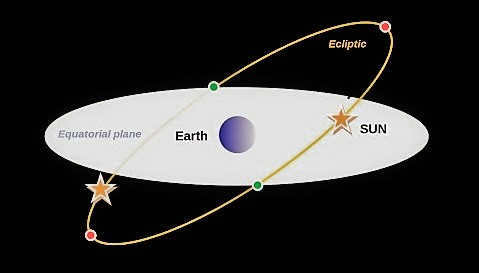
Universal Time
In general, this term is predominantly used in the field of astronomy.
From our knowledge gained in school, we are aware that the Earth is divided into a series of meridians. In total, there are 24 of these meridians, each separated by 15 degrees of longitude.
It is conventionally agreed that the prime meridian, which is located at zero longitude, serves as the reference meridian and is commonly referred to as the world meridian.
These meridians span from west to east.
Time in adjacent zones differ by one hour. To determine the time in a specific zone, one must know the corresponding zone number.
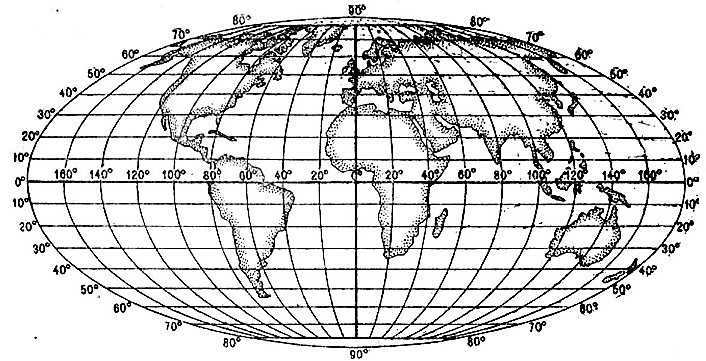
Actually, zone time refers to the time observed in a specific time zone. It is widely acknowledged that a day is comprised of 24 hours and commences at midnight.
Motherhood time
As an illustration, Russia is divided into 9 distinct time zones. In 1930, the notion of decree time was established, where an additional hour was added to the standard time zone.
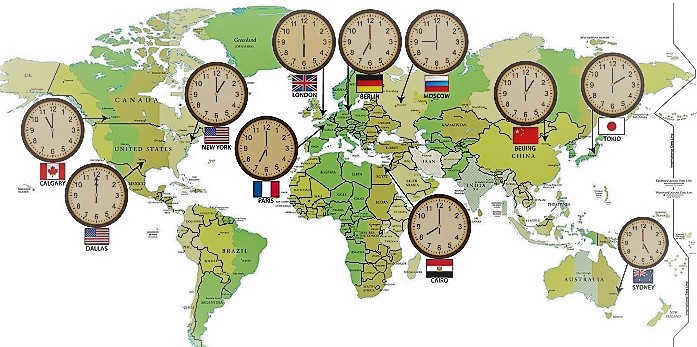
Moscow time is another term for universal time in astronomy.
This interpretation of time implies the utilization of the time from the adjacent zone. To put it differently, Moscow time is equal to zone time plus one hour.
Under the latest ideas, it is referred to as local time.
Ephemeris time
Ephemeris time is a time scale that defines seconds. It is not affected by the Earth’s rate of rotation. Additionally, it serves as the fundamental unit of time. The concept of Ephemeris time was first introduced by J. M. Clemens in 1952.
Ephemeris time remains constant and is used for the ease of calculation.
Time, as we observe, represents the duration of events. It can be considered the most distinct and valuable measure established by mankind. Moreover, numerous methods have been devised to compute it.

Without a doubt, time holds significant importance for humanity. It serves as a fundamental aspect of our existence.
As the clock ticks, the unfolding of events remains uncertain.

Life was brought into existence by God, completely independent from the changing seasons and external circumstances. To bring some semblance of order to their lives, humans had to devise a calendar. Nevertheless, the advent of Christianity presented a predicament regarding the timing of the most significant Christian holiday – Easter. As a result, a decision was made to transition to a new calendar.
What sets the Julian and Gregorian calendar apart?
Currently, we may not place much significance on the calendar we utilize, but in the past, it was a crucial concern for humanity. It required the expertise of the most brilliant minds to develop a system of counting that was not only convenient but also aligned with the astronomical calendar, ensuring no surplus or missing days.
The Julian calendar: who it was created to honor
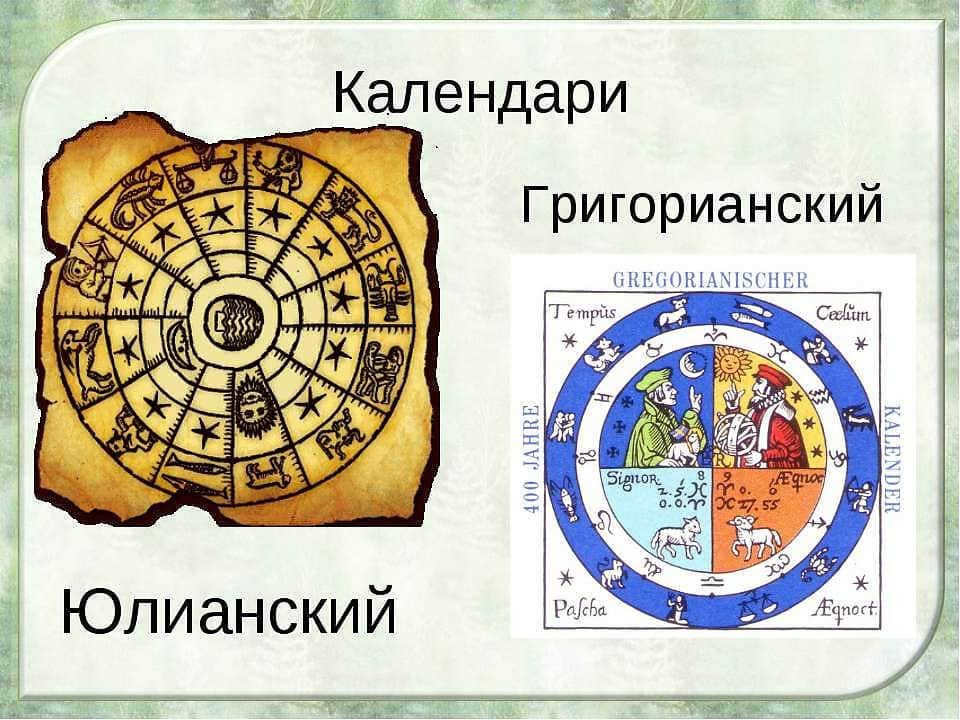
Many years ago, specifically during the era of Julius Caesar, the Julian calendar was introduced. As the name implies, it was named in honor of Julius Caesar. This particular calendar was designed to be a solar calendar and was developed by highly skilled astronomers of that time who were renowned for their precise calculations.
The Julian calendar was considered to be the most accurate and closest to the actual passage of time. It consisted of the same number of days in a year as the current calendar we use today. This arrangement was well-received by everyone and was considered a significant advancement during that era.
Gregorian calendar
Despite this, a new system of measuring years was suggested in the 16th century. How does it distinguish itself from the previous one? At first glance, it may appear that there are no differences. However, this is not entirely accurate. The distinction lies in the fact that now every fourth year is not considered a leap year. If a year ends with two zeros, it is not deemed a leap year. For instance, the year 2100 would not be a leap year.
The necessity for this calendar was justified by the fact that Easter did not always fall on a Sunday. As a result, everyone soon became aware of the existence of a new calendar, which was proposed by Gregory XIII.
Which calendar is utilized in Russia?
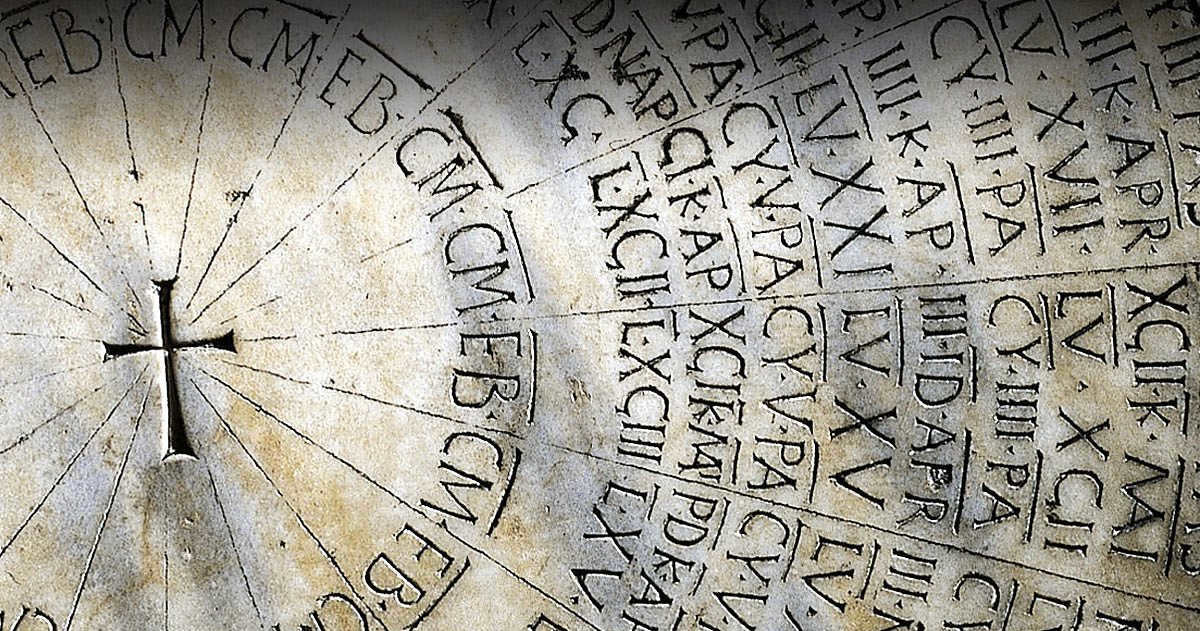
The foundation of the contemporary calendar is the Julian calendar itself.
The date of Christ’s birth is March 1, 5508 (7th century). This marks the initiation of the Orthodox calendar’s countdown. Since Russia’s conversion to Christianity, March 1 has been regarded as the starting point, and it remained so for the following 500 years.
By the end of the 15th century, the calendar underwent further modifications. The year now began on September 1, and this arrangement continued for two centuries. Eventually, Peter the Great decreed that the new year would commence on January 1, with years counted from Christmas.
Therefore, the year 1700 commenced on January 1. Prior to that, there were 7209 years, and 1699 was an exceptionally brief year, spanning only from September to January.
The Gregorian calendar became the preferred calendar for most of the world due to the inaccuracies of the Julian calendar. In Russia, the Gregorian calendar was also adopted, but with the inclusion of an additional 13 days to account for the discrepancy.
As a result of the difference between the two calendars, extra days are introduced. A new calendar system was developed, which is the one we currently use. However, the church continues to follow the old Julian calendar.
What sets the Gregorian and Julian calendars apart?
The disparity between these two calendars primarily lies in the frequency of leap years. In the Julian calendar, leap years occur every three years, resulting in a calendar that is over 10 minutes longer than the astronomical calendar. Consequently, over the course of 128 years, an additional full day is accumulated.
The key distinction between these calendars revolves around leap years, leading to the presence of extra or missing days. This distinction continuously grows. While it was a mere 10 days at the start of the 16th century, it is projected to reach approximately 14 days by the 22nd century.


The Julian calendar is convenient and easy to use, but it is not without its imperfections, as it does not align perfectly with the astronomical calendar. The Gregorian calendar is based on the Julian calendar, but it is an improved version. However, the church does not recognize this calendar due to its deviation from the events described in the Bible.
As a result of this discrepancy, by 2101 the Orthodox Church will need to celebrate Christmas on January 8 instead of January 7. However, according to the liturgical calendar, Christmas will still be observed on December 25.
In countries that used the Julian calendar before the 20th century, all events are still indicated without alterations.
The divergence in calendars emerged throughout history, causing confusion in dates and events. As a result, many history books present two dates. The church continues to employ the Julian calendar in order to preserve the integrity of biblical events that hold significance within the church.

- Which calendar do we follow?
- What are the different types of calendars?
- What is the equivalent of the year in Old Slavonic?
The Julian and Gregorian Calendars
Prior to the adoption of the Gregorian calendar, which occurred at different times in different countries, the Julian calendar was universally used. It is named after the Roman Emperor Gaius Julius Caesar, who is believed to have reformed the calendar in 46 BC.
The Julian calendar appears to have been based on the Egyptian solar calendar. A year on the Julian calendar consisted of 365.25 days. However, a year can only consist of whole days. Therefore, it was decided that three years would have 365 days, and the fourth year following them would have 366 days. This year with an additional day became known as a leap year.
Which calendar is more precise?
The debate over which calendar, Gregorian or Julian, is more precise, continues to this day. On one hand, the Gregorian calendar aligns more closely with the tropical year, which is the time it takes for the Earth to complete one revolution around the Sun. According to modern measurements, the tropical year is 365.2422 days. On the other hand, astronomers still use the Julian calendar for their calculations.
The goal of Gregory XIII’s calendar reform was not to match the length of the calendar year with the tropical year, as the concept of a tropical year did not exist at that time. The reform aimed to follow the decisions made by ancient Christian councils regarding the timing of Easter celebrations. However, it did not fully accomplish this objective.
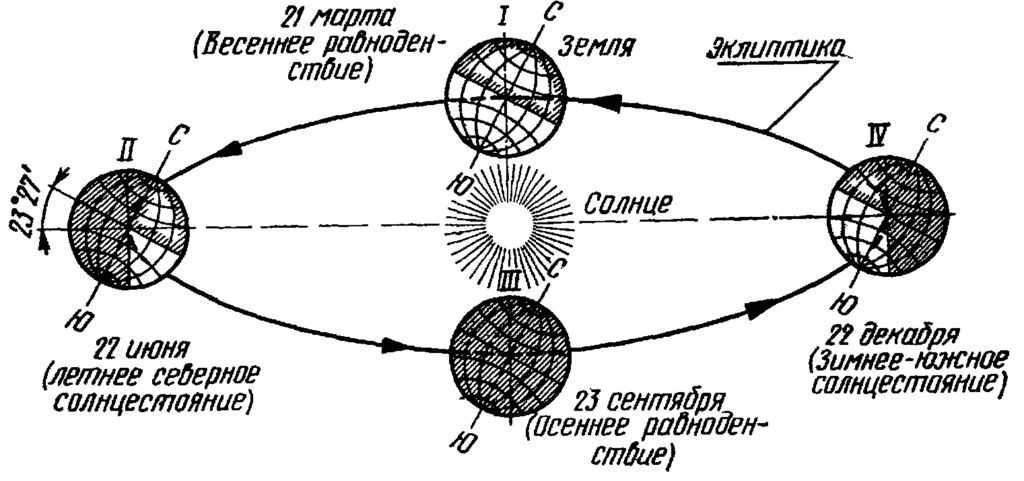
Therefore, how can we calculate time? What is the current year? It may appear to be a straightforward question to answer. However, upon further reflection, additional inquiries arise. What exactly constitutes a year? How do we determine its duration and from what point do we begin counting? These and numerous other uncertainties are addressed by the field of astronomy. It is not coincidental that the term astronomy derives from the Greek words for “star” (Astre) and “law” (Nomus), as it pertains to the study of celestial bodies and their governing principles.
Understanding the Fundamentals of Time Measurement
When it comes to measuring time, astronomy relies on the movement of celestial bodies. Specifically, it considers the Earth’s rotation on its axis, the Moon’s orbit around the Earth, and the Earth’s orbit around the Sun. The choice of which of these three phenomena to prioritize determines the specific method of time measurement.
Astronomy encompasses various measurements of time, including stellar time, solar time (both true and mean solar time), local time, universal time, belt time, atomic time, and more.
Wherever an individual may be situated, they will always observe the celestial dome above them, upon which the Moon, the Sun, and the Stars are positioned.
It has been widely acknowledged that celestial entities rest at varying distances from the Earth. Nonetheless, the celestial dome presents itself as an inverted sphere where the Moon, the Sun, and the Stars are all equidistant from Earth.
This phenomenon gave rise to numerous legends in ancient times. However, this did not hinder ancient civilizations from recognizing the cyclical patterns of natural phenomena – the alternation of day and night, the changing of seasons. Although the Stone Age did not possess modern astronomical concepts, ancient societies had already devised their own methods of measuring time.

The field of astronomy has made significant advancements in accurately measuring time. By observing the celestial sphere at various points throughout the year, one can easily observe the dynamic changes in the star patterns.
Constellations shift positions and some even become completely invisible. This cycle of star patterns repeats itself on a biennial basis.
The Sun’s Movement
The Balance
Just like all the other celestial bodies, the Sun also undertakes a journey across the sky.
The ecliptic, which is the great circle on the celestial sphere where the Sun visibly travels throughout the year, plays a significant role in this movement.
This path intersects with the equator at two specific points known as the equinoxes – the vernal and autumnal equinoxes. The vernal equinox takes place on March 21st. As the Sun crosses the equator, it transitions from the southern hemisphere to the northern hemisphere, marking the start of astronomical spring in the northern part of the Earth.
The autumnal equinox occurs on September 23rd, when the Sun crosses the equator and moves into the southern hemisphere, signaling the beginning of astronomical autumn in the northern hemisphere.
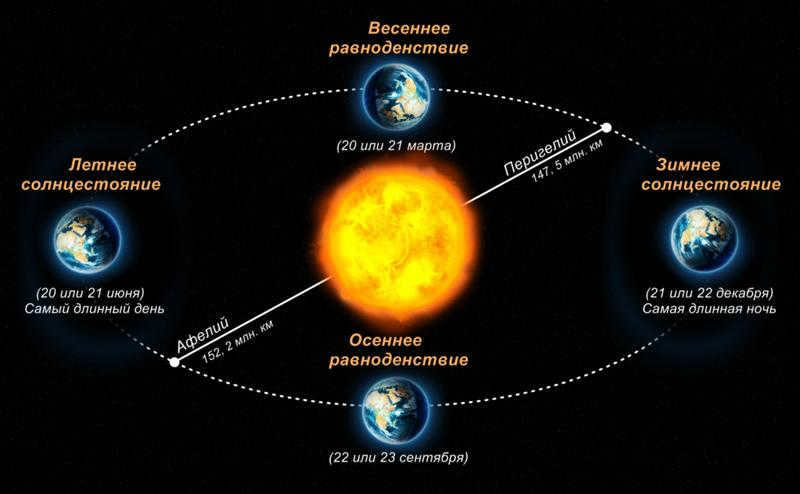
The Equinoxes
Modern science recognizes two significant moments in the annual movement of the sun. These moments are known as the summer solstice and the winter solstice.
The summer solstice occurs on June 22nd, marking the longest days and shortest nights, with minimal changes in the sun’s altitude at noon.
The winter solstice, on the other hand, takes place on December 22nd, signifying the shortest days and longest nights.
The fundamental unit of measurement
The primary unit of measuring time is the duration of one complete rotation of the Earth on its axis, which is commonly referred to as a day. Nonetheless, the field of astronomy recognizes two distinct “types” of days – the solar day and the sidereal day.
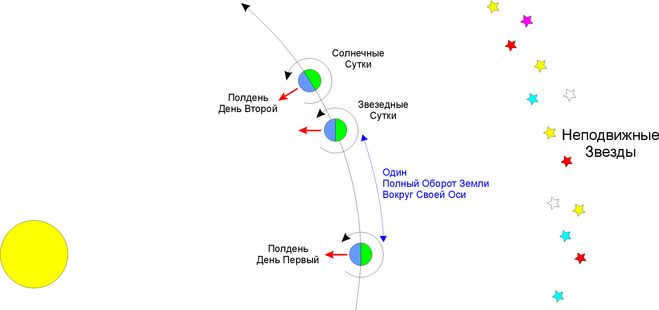
Universal time
Sidereal time plays a crucial role in the field of astronomy. Its purpose is to calculate the positions of celestial bodies.
However, across various meridians, whether it be solar, sidereal, or true time, there are differences. The arrival of daylight varies across different locations on the planet due to the Earth’s rotation on its axis, which exposes different parts of the Earth’s surface to the Sun at different times.
In order to address this issue, S. Fleshing, a Canadian scientist, put forward a solution involving a clock time system. This system relied on dividing the entire surface of the Earth into 24 different time zones. Within each zone, the time was considered to be consistent across all its points at any given moment.
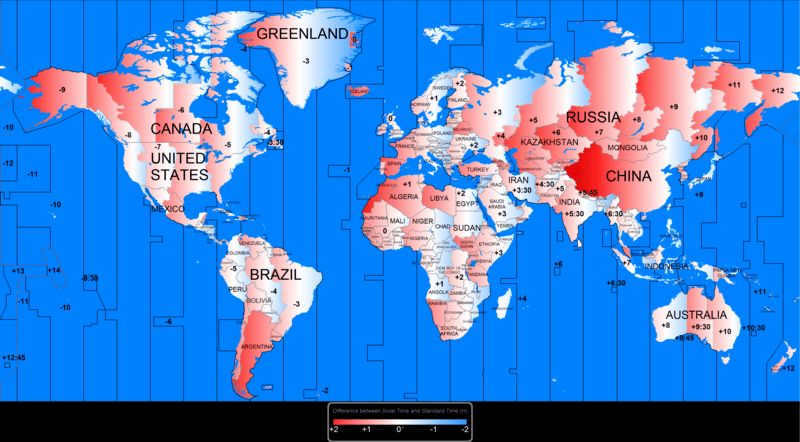
In the field of astronomy, the term “world time” refers to the concept of belt time. This concept was initially put forward by Fleshing and made its debut in the United States in 1883. The significance of this concept was further solidified in 1884 when an international conference took place in Washington, D.C. During this conference, the prime or zero meridian was officially defined and the “date line” was established.
The atomic second
However, there are certain physical processes that require the utmost precision in time measurement. It so happens that not only thousandths of a second, but even millionths of a second fall short. For instance, in just a millionth of a second, a satellite moves a mere centimeter along its trajectory. That is why, in 1964, the International Committee of Weights and Measures embraced the atomic second as the smallest unit of time. This unit corresponds to 10 billion electromagnetic oscillations emitted by a caesium atom. As of January 1, 1972, all nations across the globe have adopted the use of atomic clocks to count microseconds accurately.
However, even with the sophisticated methods of time measurement developed by contemporary science, the concept of time remains enigmatic and challenging to define. In fields such as geology and history, the measurement of time takes on a different form. Chronology serves as the foundation for all calendar systems, and within this scientific discipline, the crucial defining element is the starting date of the chronological system, while subsequent periods are referred to as eras.
And this is where the amazing diversity starts. Numerous countries have their own interpretation of an era. For instance, in China and Japan, an era was determined by the period of rule of a specific imperial dynasty, while in Italy it was determined by the period of rule of Roman emperors. There is even a belief that the word “era” originated from the combination of the initial letters of the Latin phrase “Ab exordio regni Augusti” – “From the beginning of the reign of Augustus”. In many countries, modern chronology is based on the date of the Birth of Christ, while the Eastern peoples, who follow Islam, begin their chronology from the Hijra, the moment when Mohammed and his followers migrated from Mecca to Medina.
Calendar System
But what exactly is a calendar? Interestingly, the term “calendar” originates from the Latin word calendarium, which translates to “debt book”. In ancient Rome, individuals who owed money were required to pay interest on what was known as the “days of calends”, which referred to the first few days of the month that were closest to the new moon.
Furthermore, every calendar system is fundamentally reliant on the motion of celestial bodies. For instance, in East Asian countries, the revolution of Jupiter around the sun, which takes 12 years to complete, was taken into consideration when devising calendars. Additionally, there are also calendars that are based on the movement of Saturn and other planets.
Different countries around the world celebrate New Year on different dates. The reasons for these calendar differences are both historical and cultural, as well as astronomical.
Universal Time (UT) is a time standard that is based on the rotation of the Earth. There are multiple versions of Universal Time, with the most commonly used being Coordinated Universal Time (UTC) and UT1. These versions of UT are based on the Earth’s rotation relative to celestial objects, such as stars and quasars, but with adjustments to align them with solar time. UTC, on the other hand, is based on International Atomic Time and includes extra seconds to stay within 0.9 seconds of UT1.
- 1 Universal Time and Standard Time
- There are 3 different versions available
- It has been accepted in 4 different countries
- Check out these 5 related articles
- Here are 6 important notes
- View these 7 citations for more information
- References can be found in section 8
- Explore the external links provided in section 9
Understanding universal time and standard time
Before the implementation of standard time, each municipality around the world that used clocks would set its official clock based on the local position of the sun (known as solar time). This system worked well until the advent of rail transportation in the UK, which required constant adjustments to clocks as trains traveled long distances and passed through multiple cities. To address this issue, Greenwich Mean Time was established as the mean solar time at the prime meridian in Greenwich, England. This meant that all clocks in Great Britain were set to this time, regardless of the local solar noon. Chronometers and telegraphs were used to synchronize these clocks.
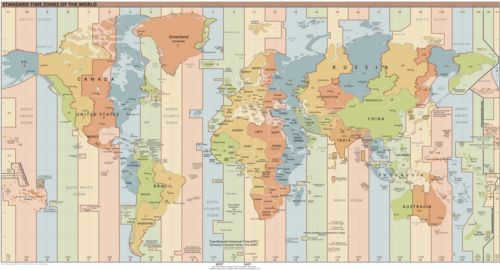
The world’s time zones are referred to as standard time zones in astronomy. In 2016, the number of hours to be added to Coordinated Universal Time (UTC) to convert it to local time was indicated at the bottom of each zone.
Standard time was initially proposed by Sir Sandford Fleming, a Scottish-Canadian, during a meeting of the Canadian Institute in Toronto on February 8, 1879. He put forward the idea of using standard time zones locally, while still maintaining a universal time known as “space time.” His proposal involved dividing the world into twenty-four time zones, with each zone covering 15 degrees of longitude. In each zone, all clocks would be set to the same time, but they would differ by one hour from clocks in neighboring zones. On October 22, 1884, at the conclusion of the International Meridian Conference, local time at the Royal Observatory in Greenwich was designated as the recommended reference point for world time. This choice was made because, by 1884, the majority of nautical charts and maps were already using Greenwich as the prime meridian. However, the conference did not adopt Fleming’s time zones, as they were not within the scope of the conference’s purpose, which was to select the basis for world time and the prime meridian.
In 1935, the International Astronomical Union proposed the term world time as a more precise alternative to Greenwich Mean Time (GMT). This was because GMT could be interpreted as either astronomical days commencing at noon or civilian days beginning at midnight. In certain nations, GMT is still commonly employed for civilian timekeeping.
Measurements
Observing celestial bodies allows for the measurement of time based on the Earth’s rotation. Each day, a celestial body crosses the meridian, providing a reference point for time. Astronomers have determined that the most accurate way to establish time is by observing the stars as they cross the meridian, rather than relying on the position of the Sun in the sky. Currently, the relationship between Universal Time (UT) and International Atomic Time (TAI) is determined using a method called Very Long Baseline Interferometry (VLBI) of distant quasars. This method can determine UT1 with a precision of within 15 microseconds.
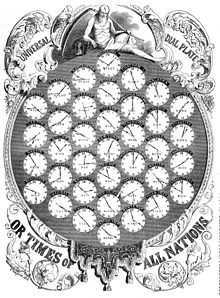
The time that is known as “Universal Time” in astronomy can be traced back to the mid-19th century, when the concept of a “Universal Dial Plate” was introduced. This dial plate displayed the relative time of all nations before the adoption of Universal Time.
The tracking of Earth’s rotation and Universal Time is carried out by the International Earth Rotation and Reference Service (IERS). The International Astronomical Union also plays a role in establishing standards, but the ultimate authority for broadcast standards lies with the International Telecommunication Union (ITU).
The rotation of the Earth is somewhat irregular and gradually slows down due to tidal acceleration. Additionally, the duration of a second was determined based on observations of the moon from 1750 to 1890. These factors contribute to the modern average length of a solar day being slightly longer than the traditional 86400 SI seconds. As a result of the Earth’s irregular rotation, astronomers introduced ephemeris time, which has now been replaced by terrestrial time (TT). Because universal time is based on the Earth’s rotation, which is not as accurate as atomic frequency standards, an adjustment known as an extra second is needed to align atomic time with broadcast time, which generally remains synchronized with solar time. Therefore, the standard for civil broadcasting of time and frequency typically follows International Atomic Time, but occasionally makes a leap to prevent significant deviation from mean solar time.
Versions
There are various versions of global time:
- UT0 – Universal Time is determined at an observatory by observing the daily movement of stars or extragalactic radio sources, as well as from extensive observations of the Moon and man-made satellites orbiting the Earth. The observatory’s location is assumed to have fixed coordinates in a terrestrial reference frame (such as the International Terrestrial Reference Frame), but the Earth’s axis of rotation moves along its surface, a phenomenon known as polar motion. UT0 does not include adjustments for this poleward motion. The difference between UT0 and UT1 is typically a few tens of milliseconds. The term UT0 is no longer in use.
- UT1, the fundamental form of global time, is derived from various measurements and calculations. While it is conceptually based on the average solar time at longitude 0°, accurately determining the position of the Sun can be challenging. Instead, UT1 is calculated by observing distant quasars through long-baseline interferometry, using lasers to locate the Moon and artificial satellites, and analyzing GPS satellite orbits. This method ensures that UT1 remains consistent across the entire Earth, and is directly linked to the Earth’s rotation angle relative to the International Celestial Reference Frame (ICRF), with minor adjustments. By observing and analyzing these measurements, we are able to determine the Earth’s angle relative to the ICRF, known as the Earth Rotation Angle (ERA). ERA serves as a modern replacement for Greenwich Mean Stellar Time, providing a more accurate and reliable measure of global time. In essence, UT1 is a crucial component in maintaining the accurate measurement of time on a global scale.
- UT1R is an altered form of UT1 that removes cyclic fluctuations caused by tidal forces. It comprises 62 members that smooth out variations occurring over periods ranging from 5.6 days to 18.6 years.
- UT2 is a modified version of UT1 that eliminates cyclic seasonal changes. It is primarily of historical significance and is seldom employed in present times. It is defined as.
- UTC (Coordinated Universal Time) is an atomic time scale that closely approximates UT1 and serves as the international standard for civil time. It displays SI seconds in addition to TAI and typically consists of 86,400 SI seconds per day. However, to maintain synchronization with UT1, random extra seconds are occasionally added or removed, ensuring that UTC remains within 0.9 seconds of UT1. These leap seconds have always been positive, resulting in days containing 86,401 seconds. When a level of precision greater than one second is not required, UTC can be used as a suitable approximation of UT1. The difference between UT1 and UTC is referred to as DUT1.
The table displays the dates when time zones were implemented in accordance with the Greenwich meridian, including zones with intervals of thirty minutes.
| 1847 | United Kingdom |
| 1880 | Ireland (entire island) |
| 1883 | Canada, USA |
| 1884 | Serbia |
| 1888 | Japan |
| 1892 | Belgium, Netherlands, South Africa |
| 1893 | Italy, Germany, Austria-Hungary (railways) |
| 1894 | Bulgaria, Denmark, Norway, Switzerland, Romania, Turkey (railways) |
| 1895 | Australia, New Zealand, Natal |
| 1896 | Taiwan (formerly Formosa) |
| 1899 | Puerto Rico, Philippines |
| 1900 | Sweden, Egypt, Alaska |
| 1901 | Spain |
| 1902 | Mozambique, Rhodesia |
| 1903 | Qingdao, Tianjin |
| 1904 | China Coast, Korea, Manchuria, Northern Borneo |
| 1905 | Chile |
| 1906 | India (excluding Calcutta), Sri Lanka (formerly Ceylon), Seychelles |
| 1907 | Mauritius, Chagos |
| 1908 | Faroe Islands, Iceland |
| 1911 | France, Algeria, Tunisia, many French overseas territories, British West Indies. |
| 1912 | Portugal and overseas territories, other French territories, Samoa, Hawaii, Midway and Guam, Timor, Bismarck’s Arch, Jamaica, Bahamas. |
| 1913 | British Honduras, Dahomey |
| 1914 | Albania, Brazil, Colombia |
| 1916 | Greece, Poland, Turkey |
| 1917 | Iraq, Palestine |
| 1918 | Guatemala, Panama, Gambia, Gold Coast |
| 1919 | Latvia, Nigeria |
| 1920 | Argentina, Uruguay, Burma, Siam |
| 1921 | Finland, Estonia, Costa Rica |
| 1922 | Mexico |
| 1924 | Java, USSR |
| 1925 | Cuba |
| 1928 | Inner China |
| 1930 | Bermuda |
| 1931 | Paraguay |
| 1932 | Barbados, Bolivia, Dutch East Indies |
| 1934 | Nicaragua, Eastern Niger |
| By 1936 | Labrador, Norfolk I. |
| By 1937 | Cayman Islands, Curaçao, Ecuador, Newfoundland |
| By 1939 | Fernando Poe, Persia |
| By 1940 | Lord Howe I. |
| 1940 | Netherlands |
| By 1948. | Aden, Ascension I., Bahrain, British Somaliland, Calcutta, Dutch Guiana, Kenya, Malayan Federated States, Oman, Straits Settlements, St. Helena Island, Uganda, Zanzibar |
| By 1953. | Raratonga, South Georgia |
| By 1954. | Cook Island. |
| By 1959 | Republic of Maldives |
| By 1961 | Friendly Islands, Tonga. |
| By 1962 | Saudi Arabia |
| By 1964 | Niue Islands. |
| 1972 | Liberia |
In addition to Nepal Standard Time (UTC + 05: 45), the Chatham Islands of New Zealand utilize the Chatham Standard Time Zone (UTC + 12:45). Furthermore, the Central West Time Zone (UTC + 8: 45), which is not officially recognized, is utilized in the Eucla region of Western Australia and its surrounding areas. All of these time zones are defined by an offset from UTC that is a multiple of half an hour, and in most cases, a multiple of an hour.
Related Articles
Additional Information
Quotations
Sources
- “Definitions of Date and Time”. U.S. Naval Observatory. Accessed March 3, 2013. CS1 maint: ref=harv (link)
- “Effects of Zonal Tides on Earth’s Rotation”. Paris: Center for Earth Orientation. Accessed October 2, 2011. CS1 maint: ref=harv (link)
- Galison, Peter (2003). Einstein’s Clock, Poincaré’s Maps: Empires of Time. New York: WW Norton Co. ISBN 0-393-02001-0. CS1 maint: ref=harv (link) Explores the historical development of time standardization.
- Guinot, Bernard (July 2011). “Solar Time, Legal Time, and Used Time”. Metrologia. 48 (4): S181-S185. Bibcode: 2011Metro.48S.181G. doi:10.1088/0026-1394/48/4/S08. CS1 maint: ref=harv (ref)
- HM Nautical Almanac Office (April 2015). “A Map Illustrating the Time Zones of the World”. CS1 maint: ref=harv (link)
- Howes, Derek (1980). The Greenwich Meridian and the Determination of Longitude. Oxford University Press. pp. 154-5. CS1 maint: ref=harv (link). Names not updated.
- Howes, Derek (1997). Greenwich Mean Time and the Calculation of Longitude. Phillip Wilson. ISBN 0-85667-468-0. CS1 maint: ref=harv (link)
- McCarthy, Dennis D. (July 1991). “Astronomical Time” (PDF). Proceedings of the IEEE. 79 (7): 915-920. doi:10.1109/5.84967. CS1 maint: ref=harv (ref)
- McCarthy, Dennis; Seidelmann, P. Kenneth (2009). TIME – From Earth’s Rotation to Atomic Physics. Weinheim: Wiley-VCH Verlag GmbH Co. KGaA. ISBN 978-3-527-40780-4. CS1 maint: ref=harv (link)
- O’Malley, Michael (1996). Watch: a history of American time. Washington, DC: Smithsonian Institution. ISBN 1-56098-672-7. CS1 maint: ref=harv (link)
- Seidelmann, P. Kenneth (1992). Explanatory supplement to the astronomical almanac. Mill Valley, CA: University Science Books. ISBN 0-935702-68-7. CS1 maint: ref=harv (link)
- Urban, Sean; Seidelmann, P. Kenneth, eds (2013). Explanatory supplement to the Astronomical Almanac (3rd ed.). Mill Valley, S. California: University Science Books. CS1 maint: ref=harv (link)
- “UT1R. International service for Earth rotation and reference frames. Checked March 6, 2013.
- “What is TT?”. Naval Oceanography Portal. U.S. Naval Observatory. Checked March 3, 2013.
This article includes information from the General Services Administration document: “Federal Standard 1037C”.
External links
There are two other terms closely associated with twilight – golden hour and mode time. Let’s delve into them.
What is the golden hour?
Photographers use the concept of the golden hour to describe the time period near dawn and dusk when the sunlight has a reddish hue and is softer compared to when the sun is high in the sky. The golden hour is perfect for capturing:
- Silhouettes;
- Natural landscapes;
- Cityscapes;
- Full moons;
- Portraits.
When does the golden hour occur?
The golden hour is defined differently by various sources. According to the PhotoPills website, it starts when the Sun is 6° above the horizon line and ends when it is 4° below. Our website also uses the same criteria. However, the Photo Ephemeris blog considers the golden hour to be when the Sun is between 0° and 6° above the horizon line. The specific boundaries of the golden hour can vary depending on the desired photographs and the amount and quality of sunlight present.
The blue hour, also known as the magical hour, refers to that special time of day when the Sun has dipped below the horizon and the remaining light in the sky takes on a mesmerizing blue tint. This enchanting period is a photographer’s dream, offering a unique opportunity to capture stunning images:
- Urban landscapes
- Natural scenery
- The Moon in all its glory
- Wildlife in their natural habitats
- Architectural marvels
What is the blue hour?
The precise timing of the blue hour can vary depending on the source. According to the Time and Date website, the blue hour occurs during civil and navigational twilight, when the Sun is positioned between 4° and 8° below the horizon. However, other sources such as PhotoPills or the Ephemeris app define the blue hour as the time when the Sun is between 4° and 6° below the horizon, which corresponds to civil twilight only. Ultimately, it is left to each individual photographer to determine the specific duration of the blue hour based on the desired lighting effect they wish to achieve.
What does twilight mean?
Twilight refers to the time when the sun has set below the horizon, yet the sky remains partially illuminated. This phenomenon is caused by the scattering of light in the Earth’s atmosphere, which continues to illuminate our planet even after the sun has disappeared from view.
Twilight Varieties
There are three distinct varieties of twilight – civil, navigational, and astronomical. These varieties occur in a particular sequence, with each one being classified based on the position of the Sun’s geometric center below the horizon:
- Civil twilight: 0-6°
- Navigational twilight: 6-12°
- Astronomical twilight: 12-18°
The time period when the Sun descends below 18° is referred to as night.
This is the most brilliant phase; it is what comes to mind for most people when they mention twilight. Civil twilight occurs right before sunrise or after sunset. During this period, the line of the horizon is clearly visible and only the most luminous stars and planets can be seen in the celestial sphere. In numerous countries, the legislation mandates the use of street lights and low beam headlights on vehicles during this time.
Immediately after sunset, the sky remains highly luminous and sparkles with an array of colors. To capture the various tints in the sky, it is advisable to witness the very onset of civil evening twilight.
Twilight for navigation
This stage occurs when the line of the horizon becomes indistinguishable. This concept originated in the past when sailors relied on the stars for navigation. During twilight for navigation, more stars become visible, allowing sailors to determine their location based on their positions.
During this time, city lights fully illuminate urban areas, making twilight for navigation the perfect time for city photography. For astrophotography enthusiasts, there is also the opportunity to capture a full moon on the horizon, providing a backdrop for dark silhouettes.
Astronomical twilight
When the sky is almost completely dark and the horizon is barely visible, it is known as astronomical twilight. At this time, the Milky Way starts to become visible, and even faint stars and planets can be seen with the naked eye (unless the Moon is illuminating the sky, of course). However, for the best observation of galaxies, nebulae, and star clusters, it is still recommended to wait for total darkness, which occurs after the Sun has dropped 18° below the horizon.
This is a perfect opportunity for photography and observing celestial objects. If you are able to see the Milky Way from your location (check with Ephemeris for the exact time), try capturing this incredible galaxy with your camera.
When does Twilight occur?
The start of twilight varies depending on the location, so there is no universal time for when twilight begins. However, you can determine the timing of astronomical twilight by using an app or website.
- Sky Tonight is a comprehensive astronomy app that provides detailed charts with twilight times, daylight hours, and total darkness specific to your location. You can access this information under the sky tab on the calendar.
- Ephemeris is a useful tool for planning outdoor photography. It displays the precise timing of civil, navigational, and astronomical twilight, as well as calculates the golden hour and blue hour duration. Additionally, it offers detailed information about Milky Way visibility and more.
- Sun Surveyor is a unique application that utilizes augmented reality to display the paths of the Sun and Moon. It is particularly useful for photographers who want to visualize and plan their future photos.
- Photographer’s Ephemeris is an innovative map application that provides comprehensive calculations for the trajectories of the Sun, Moon, and Milky Way. This app is perfect for photographers who want to plan their outdoor shoots with natural light in mind.
How long is the duration of twilight?
The length of twilight varies depending on the location’s latitude, the time of year, and the weather conditions. At the equator, darkness falls approximately 24 minutes after sunset, marking the shortest twilight. On the other hand, at the poles, twilight can last for about six weeks, making it the longest twilight period.
How can I calculate the 24-hour duration of a day?
To convert hourly measurements into daily measurements, you can divide the time by the conversion factor. In other words, the time in days is equal to the hours divided by 24.
Is 48 hours equivalent to 2 days? Yes, 48 hours can be represented as 2 days.
If the military time is greater than 12:00, you can simply subtract 12 hours to obtain the 24-hour format (standard time) and add “pp.” For instance, if the military time is 14:30, subtracting 12 hours gives you 2:30. If the military time is less than or equal to 12:00, you can simply add “am.”
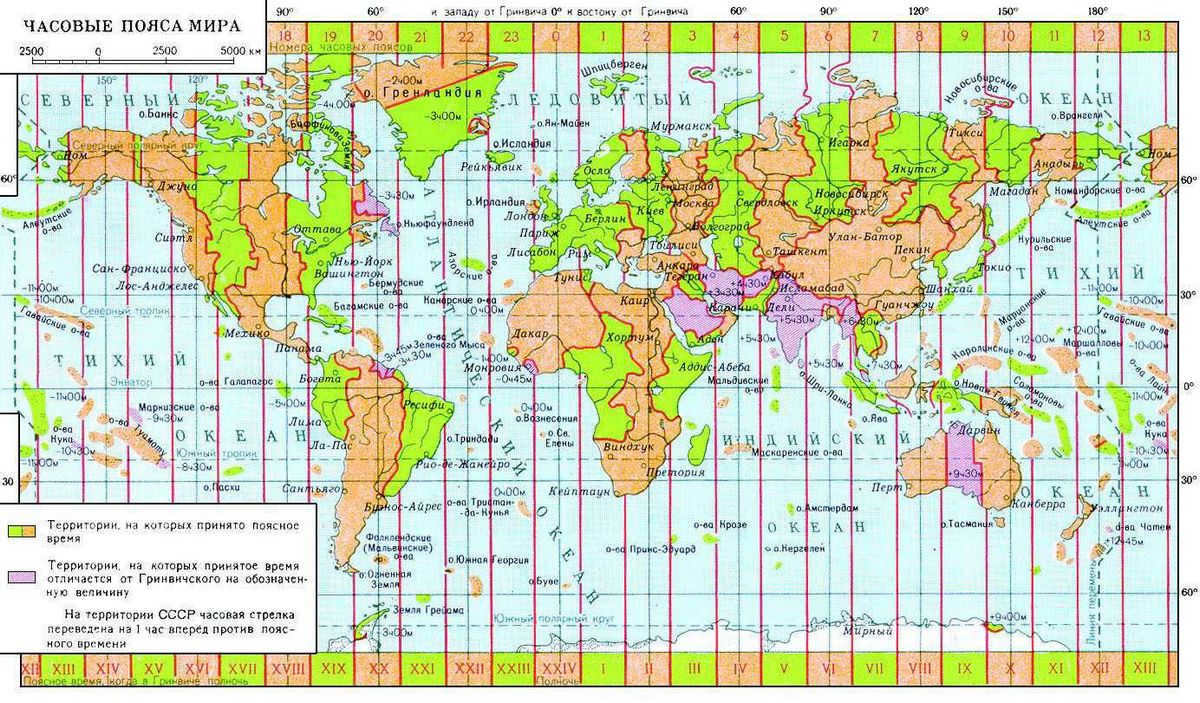
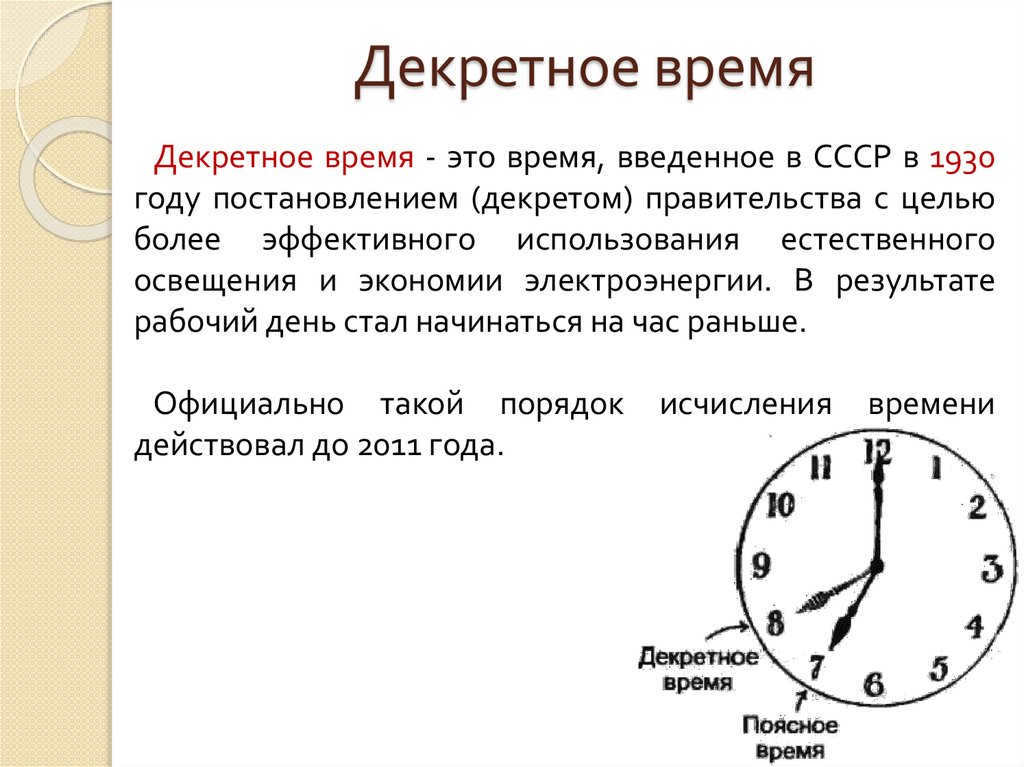
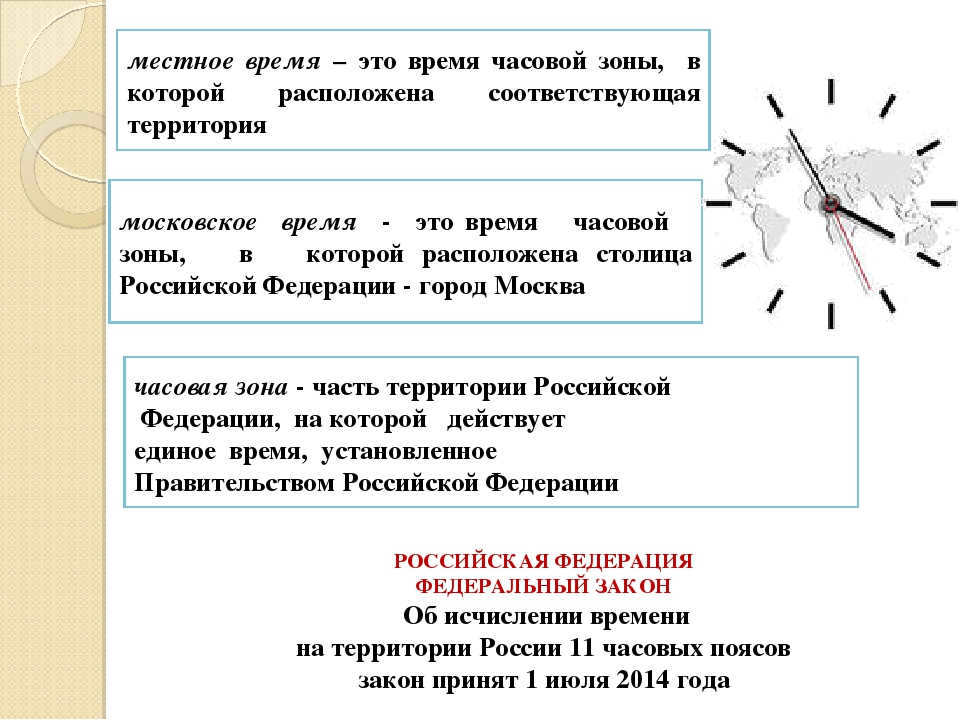
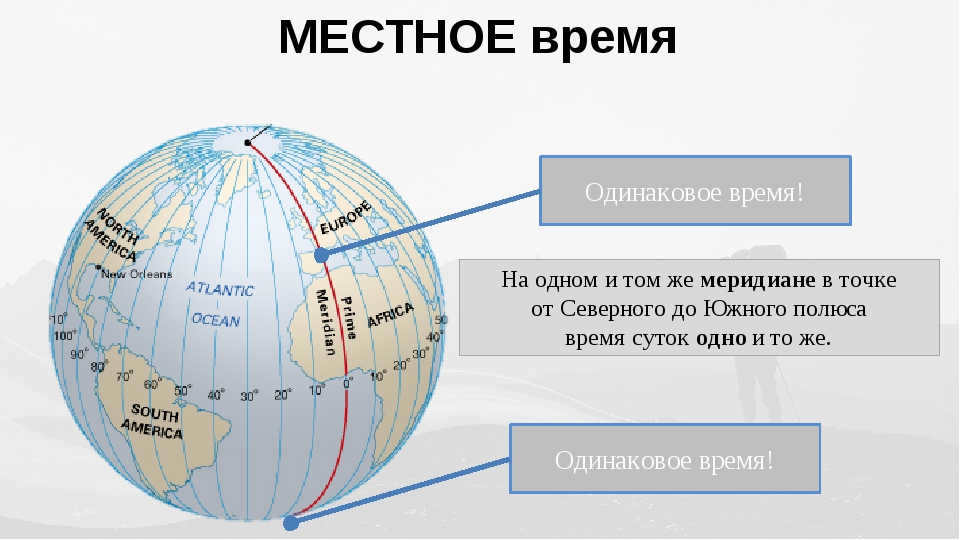
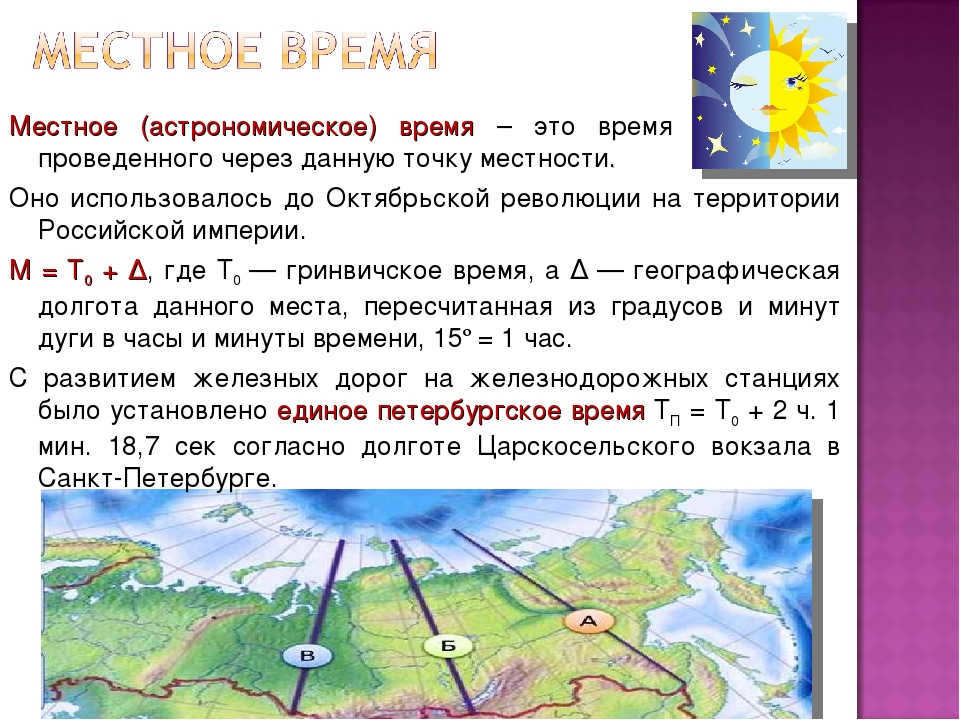
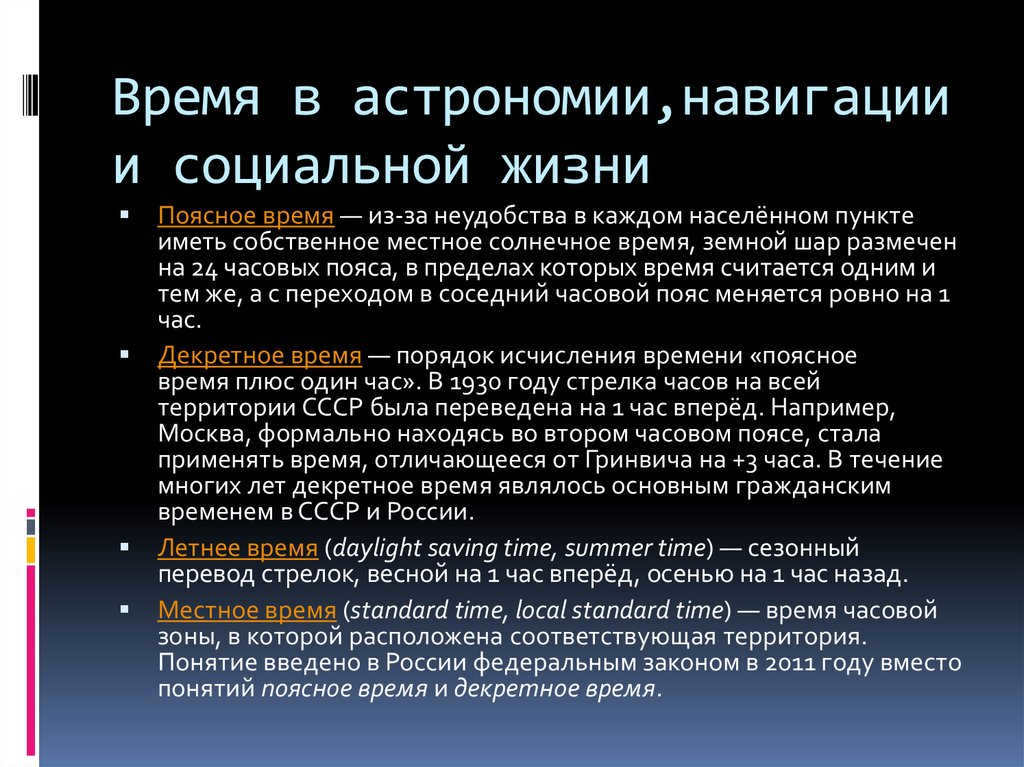
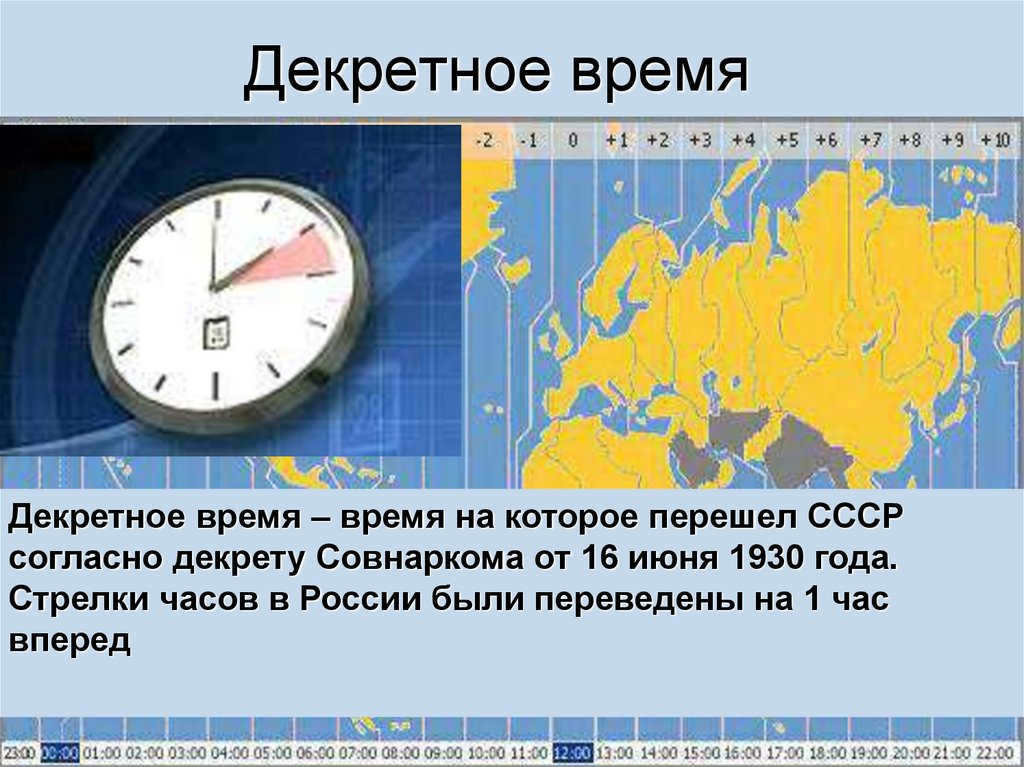
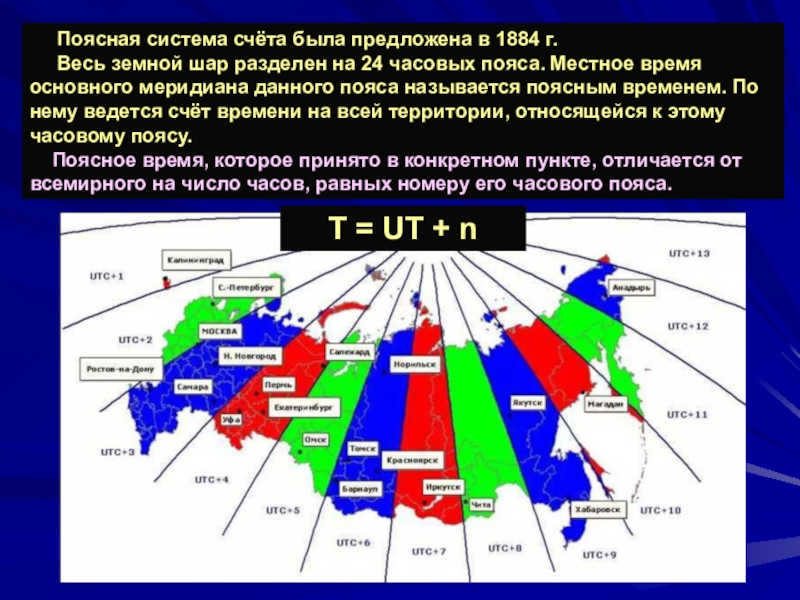
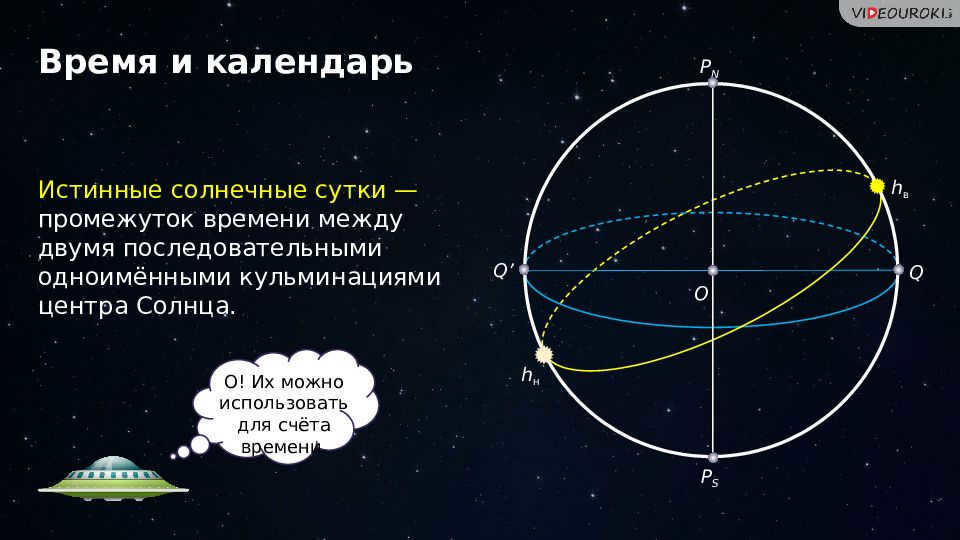
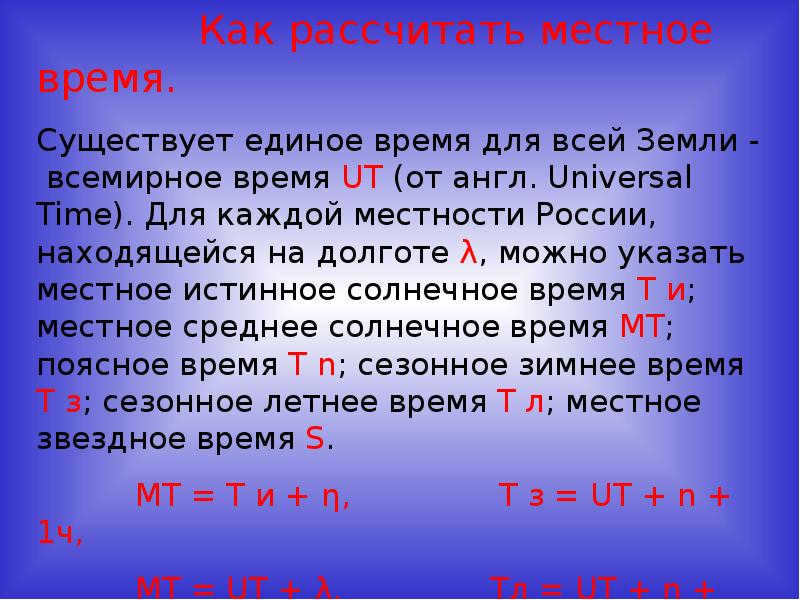
Is 1 day a significant amount of time?
If we were to define a day as one complete rotation of the Earth on its axis, which is 360 degrees, then a day would actually be 23 hours, 56 minutes, and 4 seconds. This is nearly 4 minutes shorter than our standard 24-hour workday.
But is there truly 24 hours in a day? On Earth, a sunny day lasts about 24 hours. However, another way to measure a day is by calculating the time it takes for the planet to make one complete revolution. This is known as a sidereal day. On Earth, a sidereal day is approximately 23 hours and 56 minutes.
So, the length of a day can vary depending on how it is measured.
While the Earth orbits around the Sun and the duration of daylight varies, this phenomenon is due to the Earth’s axis tilting at an angle of 23.5 degrees as it revolves around the Sun. In the Northern Hemisphere, the longest days occur during the summer solstice in June, while the shortest days happen during the winter solstice in December.
How do we calculate a 24-hour period? According to the 24-hour clock system, the day commences at midnight, 00:00, and the final minute of the day starts at 23:59 and concludes at 24:00, which is equivalent to 00:00 of the following day. Midnight is referred to as 24:00 and indicates the end of the day, while 00:00 signifies the start of a new day.
Sunrise
On today’s date, 18.01.2023, the sun will rise at 08:43 and set at 16:36. The sun will reach its highest point, also known as its zenith, at 12:39. The duration of daylight will be 10 hours and 52 minutes. Civil dawn will begin at 08:02 and civil sunset will end at 17:17.
Latitude: 55.75, Longitude: 37.62 Time zone: Europe/Moscow (UTC+03:00) Calculation of the sun’s rising for 18.01.2023 (00:00)
Next Day
On the next day, 19.01.2023, the sun will rise at 08:42 and set at 16:37. The time at which the sun will reach its highest point, known as its zenith, will be 12:40. The duration of daylight will be 10 hours and 55 minutes. The civil dawn will begin at 08:01 and the civil sunset will end at 17:19.
Throughout the week
The appearance of the luminary above the horizon line is known as sunrise, while the moment it disappears from the horizon line is called sunset. The presence of our planet’s atmosphere allows us to witness the sunrise slightly earlier compared to a non-atmospheric environment. Atmospheric refraction occurs due to the presence of the atmosphere, causing the direct path of the sun’s rays to bend. As a result, we observe the sunrise approximately 35 angular minutes earlier and the sunset correspondingly later than we would in the absence of atmosphere. This phenomenon becomes more evident when comparing the lengthening of the day at the equator, where the sun rises almost perpendicular to the horizon, which is equal to 7 minutes, to the poles where the change between polar day and night lasts for 2 days.
The period of civil twilight offers us the chance to observe Venus, which is occasionally visible even in daylight. The term civil twilight is used to describe the time when a person outdoors, without any additional light sources, can perform tasks. During this time, with favorable weather conditions, the horizon line and objects on the ground are easily visible. From the geographical latitude 60°33′ and up to the Arctic Circle (66°33′), there is a phenomenon known as “white nights” that occurs throughout the year. This is because the evening civil twilight is replaced by morning twilight. This definition is also referenced in certain laws, such as one that requires drivers to use headlights after sunset.
The length of civil twilight in minutes is as follows:
- 20-24 minutes – at the equator;
- 29-36 minutes – at the latitude of Sochi;
- 37-61 minutes – at the latitude of Moscow.
Navigational twilight
The period when the Sun is above the horizon within an angular range of 6°- 12°, providing an opportunity to observe the main navigational stars and the horizon. This allows ship captains to navigate using a sextant to measure the angles between celestial objects and the horizon line. However, during this time, additional lighting sources are necessary as the illumination is more akin to night than evening. The transition from evening navigational twilight to morning twilight also gives rise to the beautiful phenomenon known as “blue nights”.
Astronomical twilight
Astronomical twilight refers to the period of time when the Sun is positioned at an angle of 12° to 18°. During this phase, the sky takes on a similar appearance to that of nighttime, allowing observers to catch a glimpse of celestial objects. In fact, during the period between astronomical twilight and astronomical night, it is even possible to observe galaxies and nebulae. Unfortunately, due to light pollution in urban areas, it becomes nearly impossible to observe stars below the 4th magnitude, and the position of the Sun above the horizon becomes less significant. As a result, normal human activities without artificial lighting are hindered during this time.
True and average solar time in astronomy
In the field of astronomy, there are two types of solar time: true solar time and average solar time. The distinction between the two is based on the reference point used to determine the time.
True solar time is determined by the position of the Sun in relation to the Earth. It is based on the Earth’s actual rotation and revolution around the Sun. The beginning of a true solar day is considered to be true midnight, which corresponds to the moment when the Sun reaches its lowest point in the sky.

The solar clock
The movement of the Sun is not consistent. Consequently, the duration of a solar day on December 22 is nearly one minute longer than on September 23. However, this imprecision poses a challenge for calculations.
In our daily lives, a day spans 24 hours. Typically, time is measured in seconds. Additionally, individuals differentiate between morning, afternoon, evening, and night to determine the time, which primarily depends on the Sun’s position relative to a specific meridian.
Nonetheless, the average solar day is employed to ascertain precise time. It represents the duration between two successive culminations of the average equatorial Sun on a given meridian. It is more accurate to state that the mean solar day corresponds to the average of the true solar day.
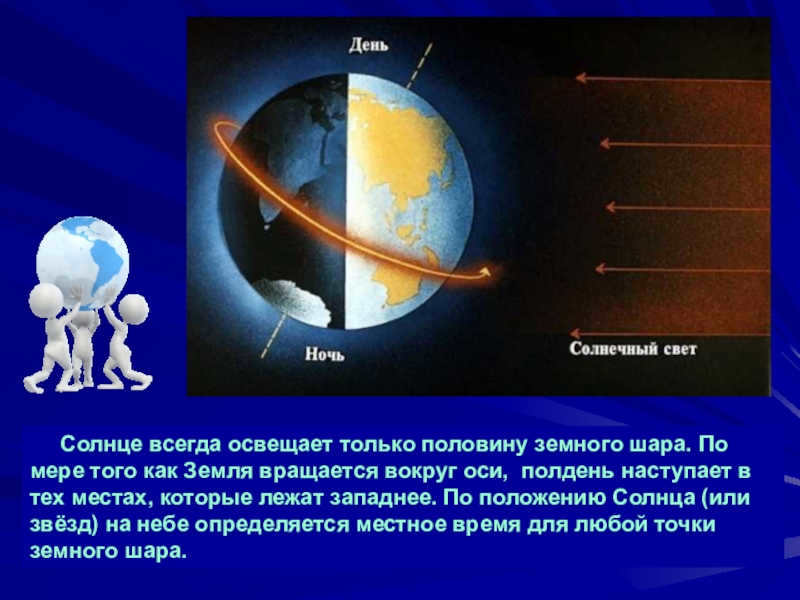
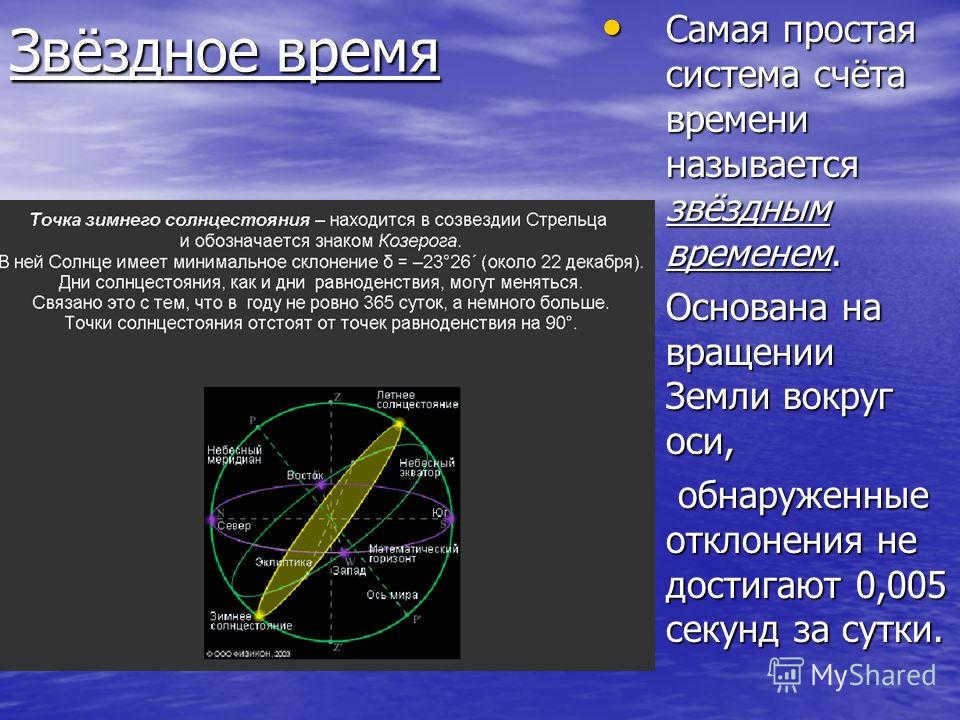
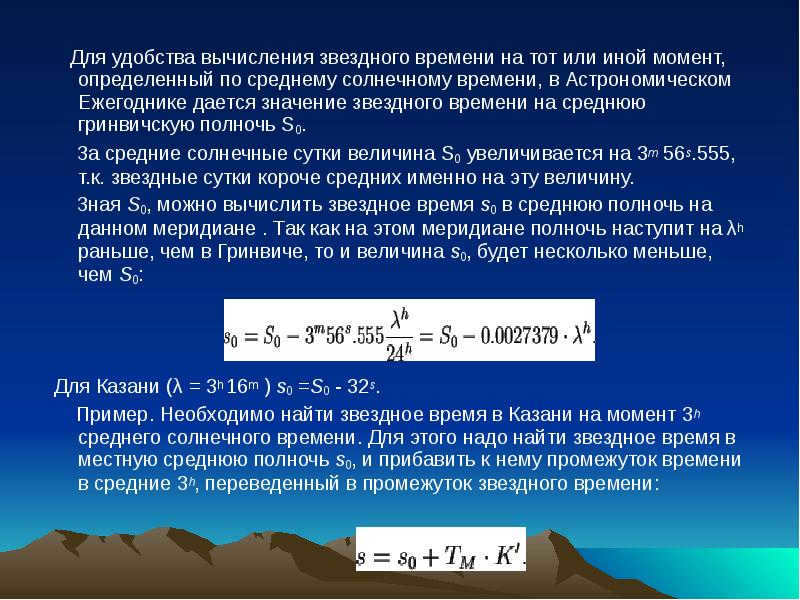
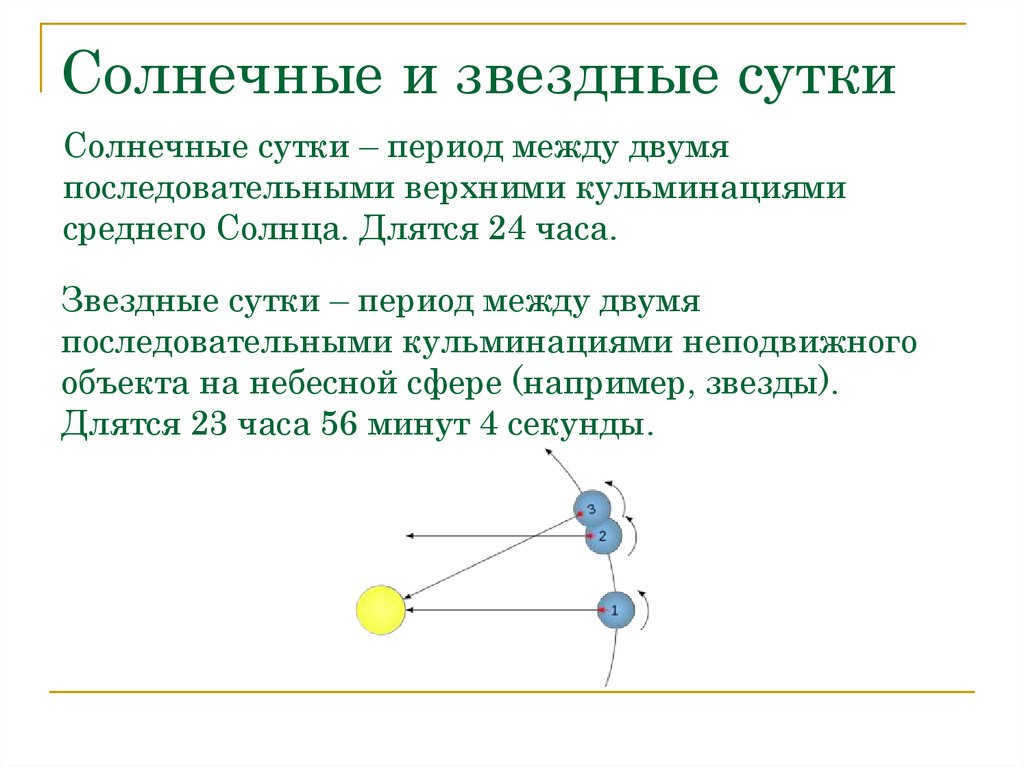
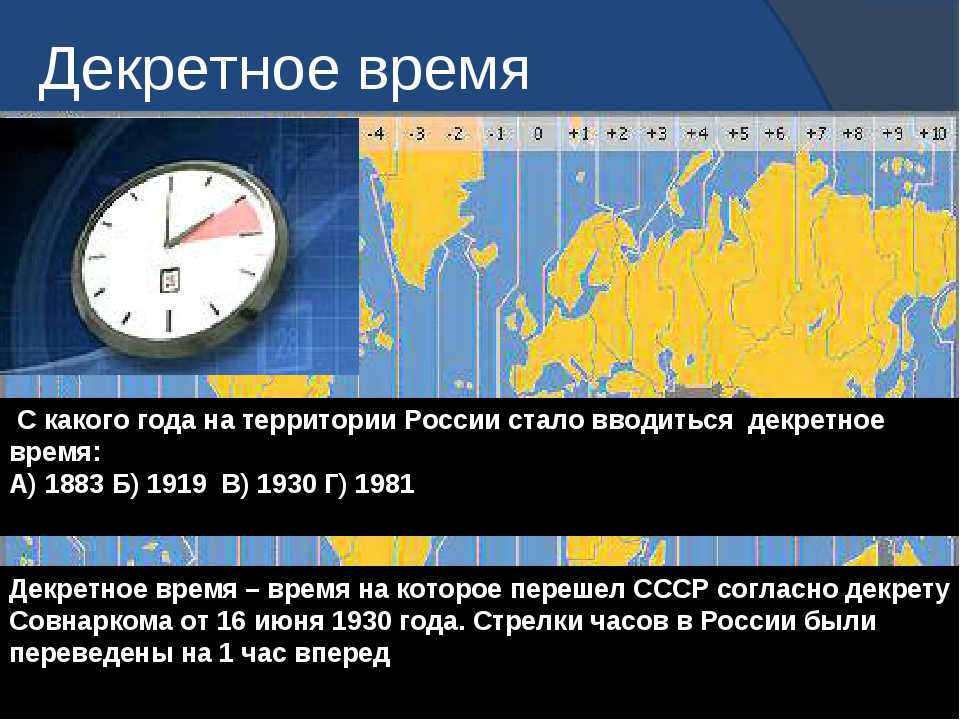
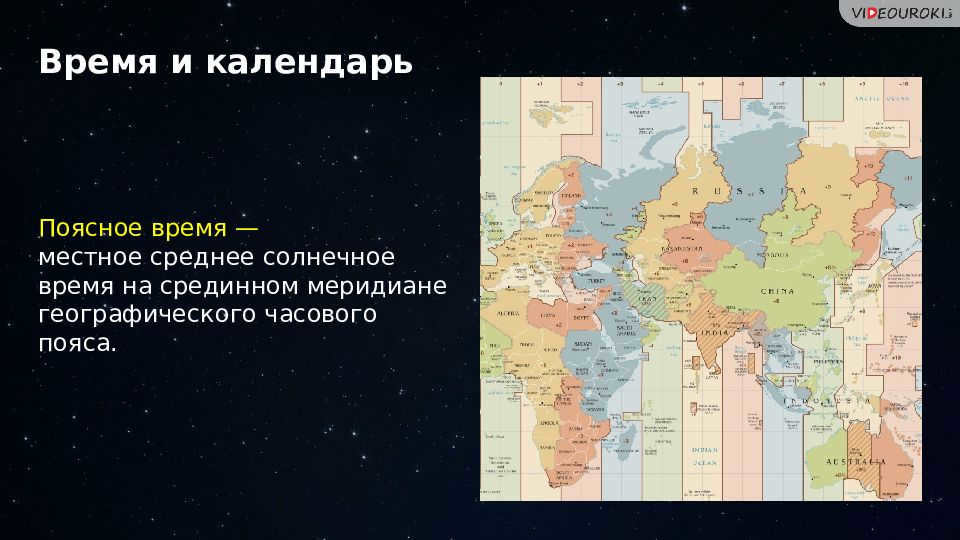
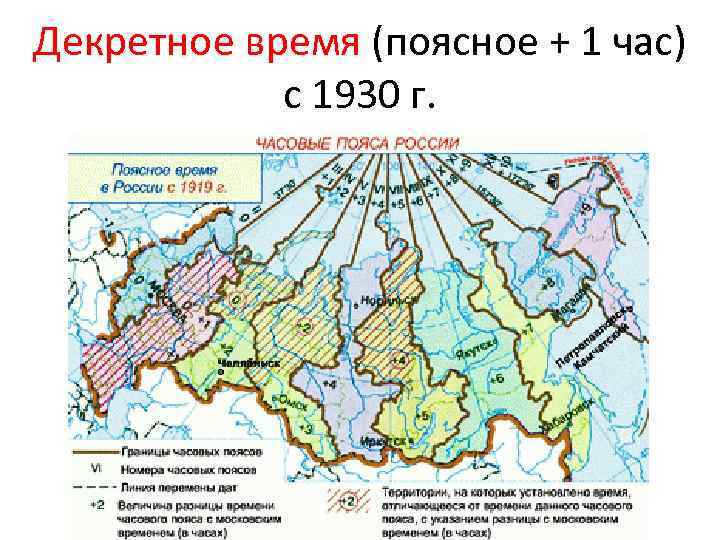
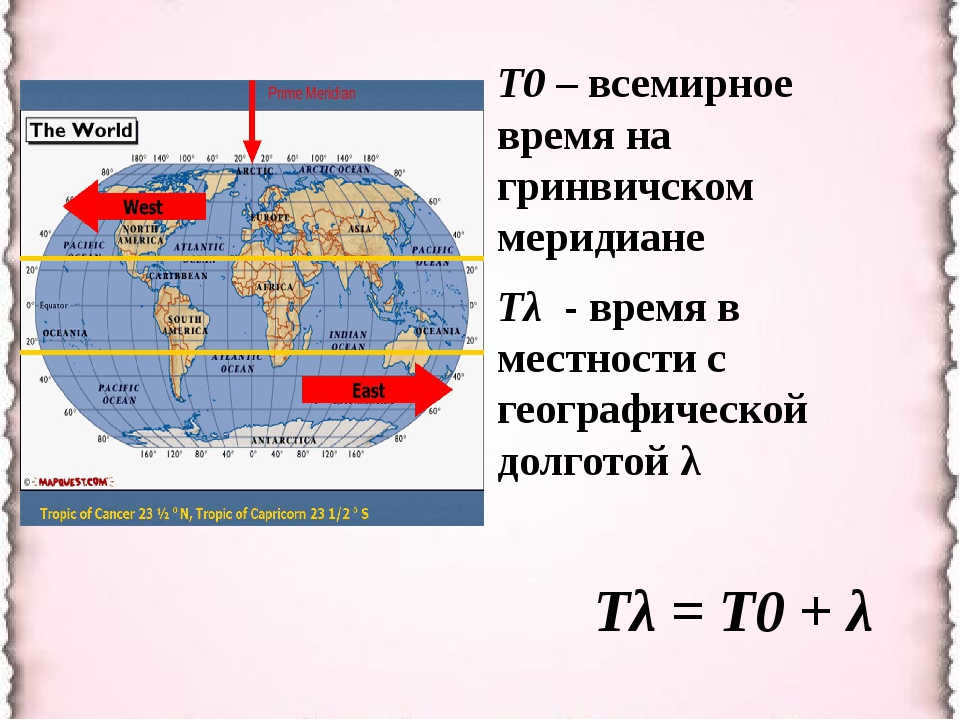
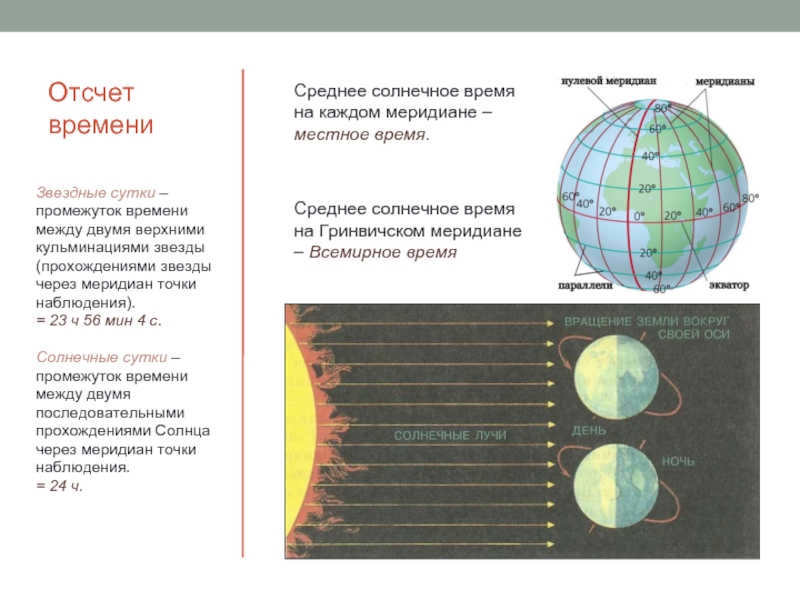
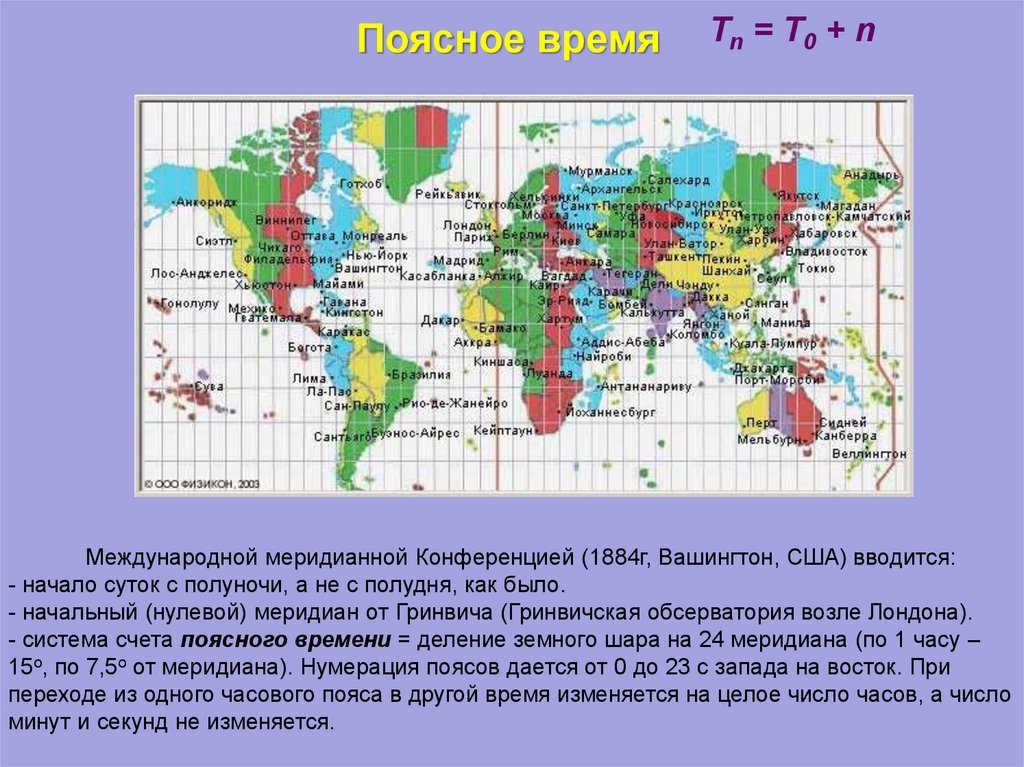
The Sun on the ecliptic path moves in a dimensional manner, with an average speed similar to that of the Sun. The convergence of these paths occurs around January 3 and July 4. The equatorial path is also consistent, aligning with the ecliptic Sun during the vernal equinox. The mean equatorial Sun remains constant and uniform in relation to true solar time.
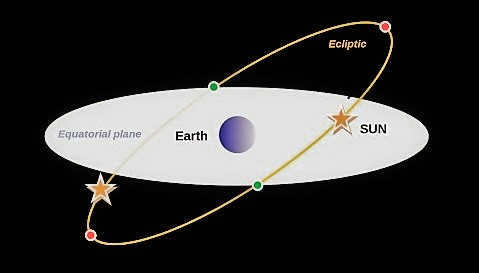
The ecliptic is an imaginary line in the sky that represents the path of the Sun as seen from Earth. It is an important concept in astronomy.
What is the definition of dawn and sunset?
Dawn and sunset are specific moments that depend on the Sun’s position relative to the horizon. There are three types of dawn and sunset, which are determined by how far the center of the Sun is below the horizon:
- Civil sunset / dawn: 6 degrees
- Navigational sunset / dawn: 12 degrees
- Astronomical sunset / dawn: 18 degrees
The distinction between sunrise and sunset
So, what sets sunrise and sunset apart? They fall into distinct time periods. Sunset takes place in the evening, when the Sun descends below the horizon line and the sky gradually darkens. In contrast, dawn occurs in the morning, as the Sun ascends and the sky starts to brighten.
Are twilight, dawn, and dusk the same thing?
Many people confuse dusk, dawn, and sunset, but they are actually distinct events. Sunset and dawn occur when the center of the Sun is a specific distance below the horizon, while twilight refers to the time period between these two events. For instance, when the Sun is 18° below the horizon, it is considered an astronomical sunset or dawn, but the time between 12° and 18° is known as astronomical twilight.
| 0:00 | 12 midnight | Sleep |
| 1:00 | 1: 00 A.M. | Sleep |
| 2:00 | 2: 00 A.M. | Sleep |
| 3:00 | 3: 00 A.M. | Sleep |
What happens to the extra 4 minutes a day? In this case, the Earth rotates on its axis. Each passing day, the Earth must rotate a little further for the Sun to return to its original position in the sky.… And those additional minutes amount to approximately 4. If we only measured sidereal days, the Sun’s position would change from day to day.
Does the duration of a day change?
The reason behind this change is the variation in the length of the day.
While a 24-hour day is always dedicated to timekeeping, the actual duration of a solar day, which refers to the time between two consecutive instances when the Sun is at its highest point in the sky, fluctuates throughout the year.
Will the length of the day alter? Assuming that the Earth’s orbit around the Sun has not undergone significant changes, this implies that the number of hours in a day has been increasing as the Earth’s rotation has gradually slowed down. As of today, a day lasts exactly 24 hours. During the Pennsylvania era, however, a day was approximately 22.4 hours in length.
How long is a day?
The duration of a day is exactly 24 hours. However, a more precise definition states that an average solar day consists of exactly 86,400 seconds. A solar day is measured from one solar noon to the next, when the Sun reaches its highest point in the sky. This measurement is typically done using a sundial.
How much does the length of a day change on a daily basis? In a year, there are four months dedicated to the transition between sunrise and sunset, with each month experiencing a four-hour shift. Assuming this change occurs at a consistent rate, the length of a day varies by approximately 15 minutes per week. Six weeks after the shortest day, there will be five weeks after the last sunrise.
What is the significance of the day’s duration? The duration of the day plays a vital role in the development and life cycle of numerous plant species. Skilled cultivators of greenhouse crops, such as tomatoes and even roses, frequently introduce additional natural light to simulate a different season for the plants. … Among the notable dates, the shortest day and the longest day stand out as the most crucial.
Time Zones
In general, time zones are primarily used in geography. As we learn in school, the Earth is divided into meridians, with a total of 24 of them spaced 15 degrees of longitude apart. The main meridian, also known as the world meridian, is considered to be the initial meridian with zero longitude. Meridians run from west to east, and neighboring time zones differ by one hour. To determine the time in a specific time zone, one must know the zone number.
Zone time refers to the time of a particular time zone. It is commonly agreed upon that a day consists of 24 hours and starts at midnight.
However, even if you know the exact moment when total darkness falls, it will not be of much help if you reside in a heavily light-polluted city. Essentially, light pollution, also known as backlighting, refers to the excessive or unwanted artificial illumination. Some common examples of light pollution include:
Light pollution has numerous adverse effects, and one such effect is the decreased visibility of celestial objects, particularly in the context of astronomical observations. In the heart of a city, even the brightest stars can barely be seen, let alone constellations and planets. Currently, excessive illumination prevents approximately one-third of the global population from witnessing the majestic sight of the Milky Way in the night sky!
This is precisely why articles on stargazing always recommend venturing as far away from the city as possible, as the average city sky tends to be ten times more illuminated than what is typical.
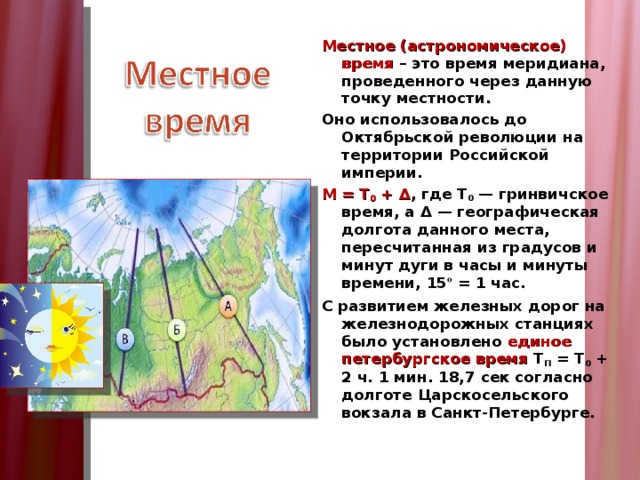
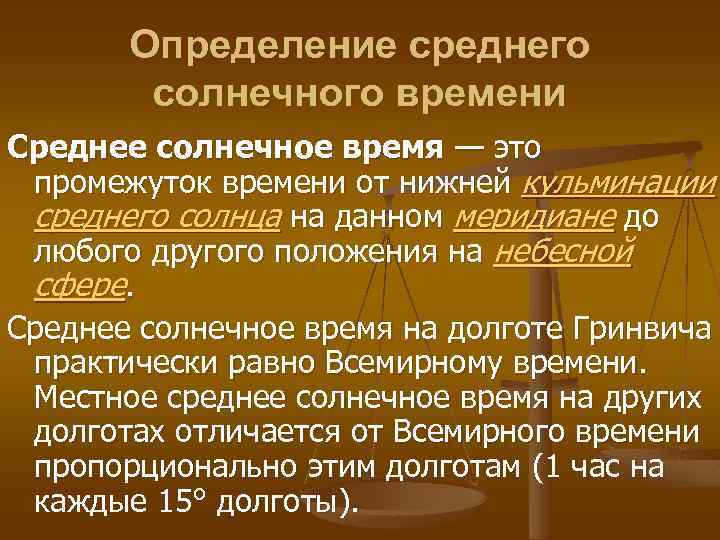
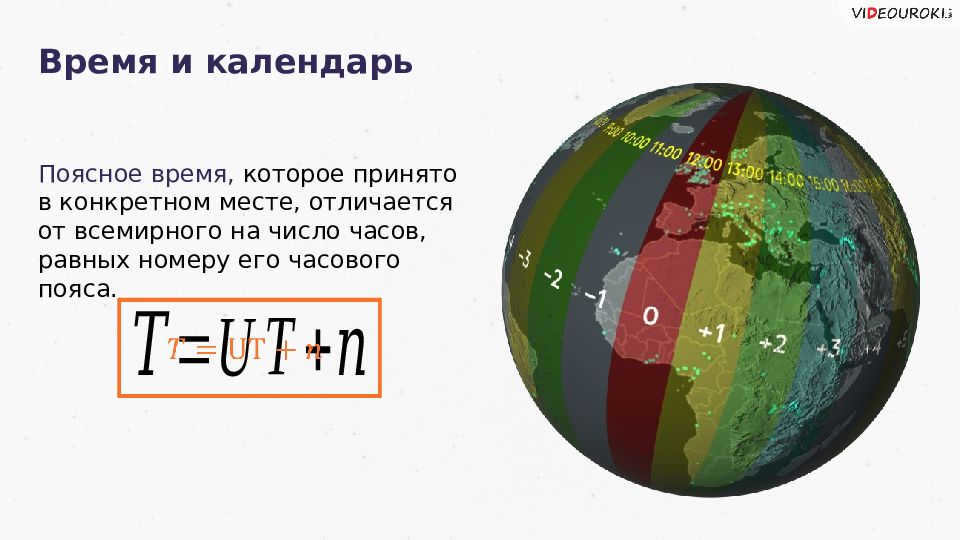
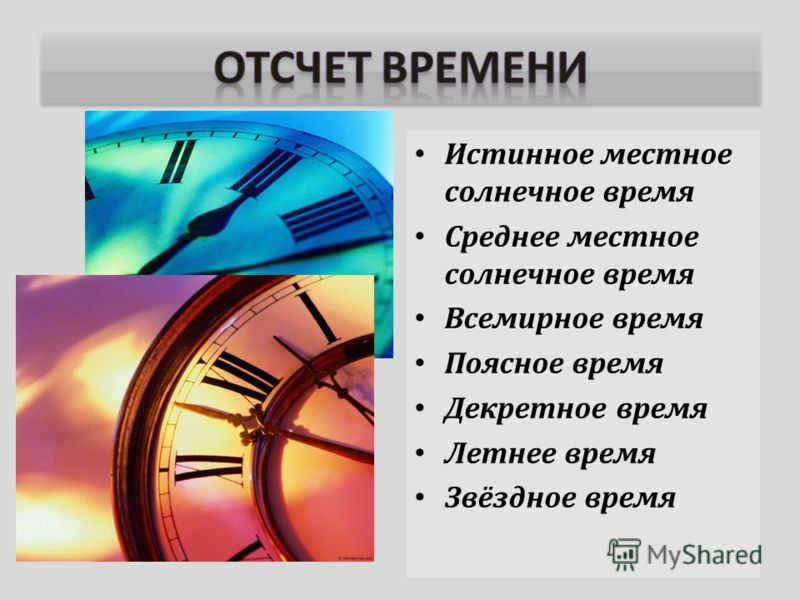
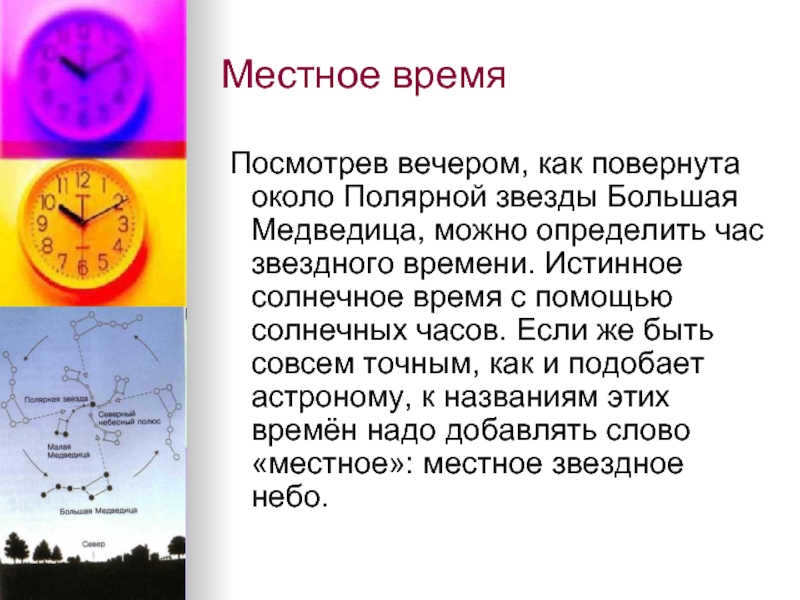
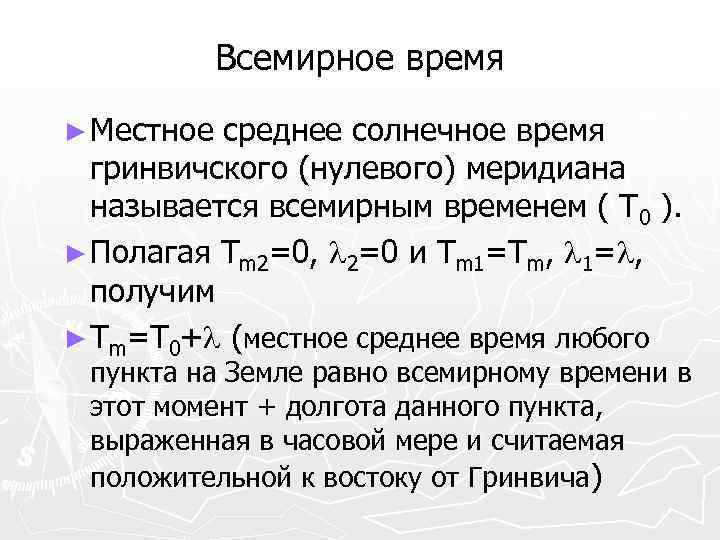
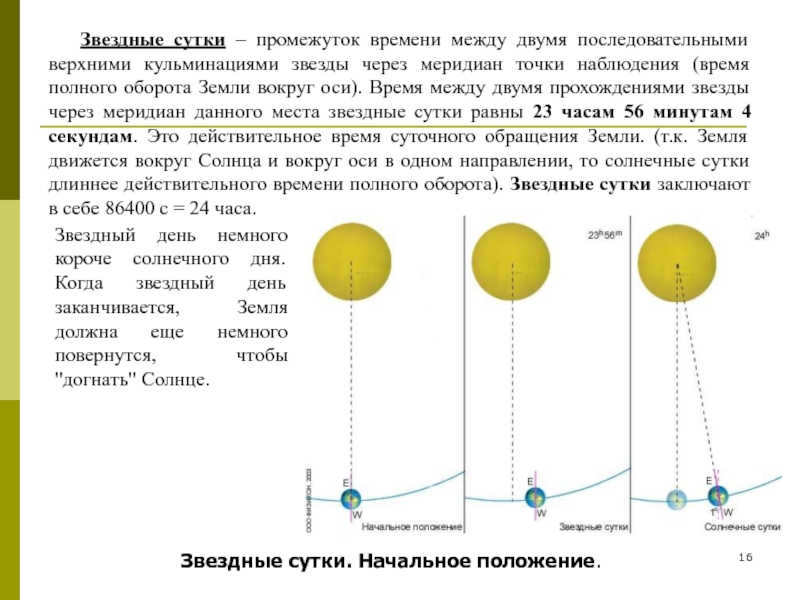
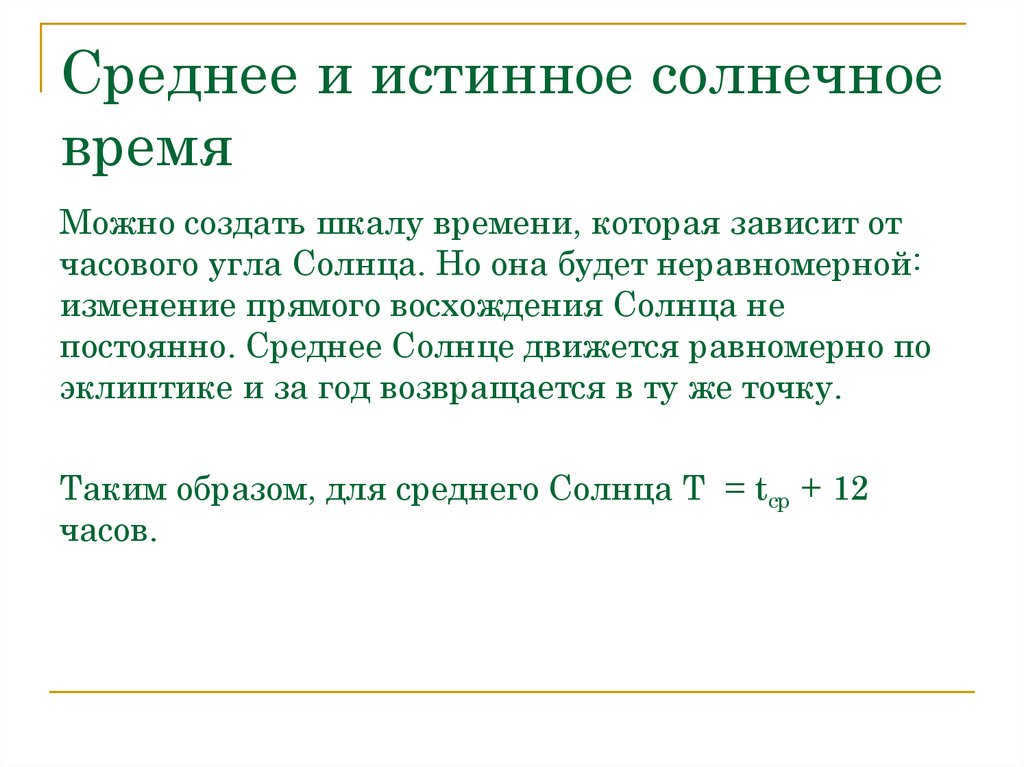
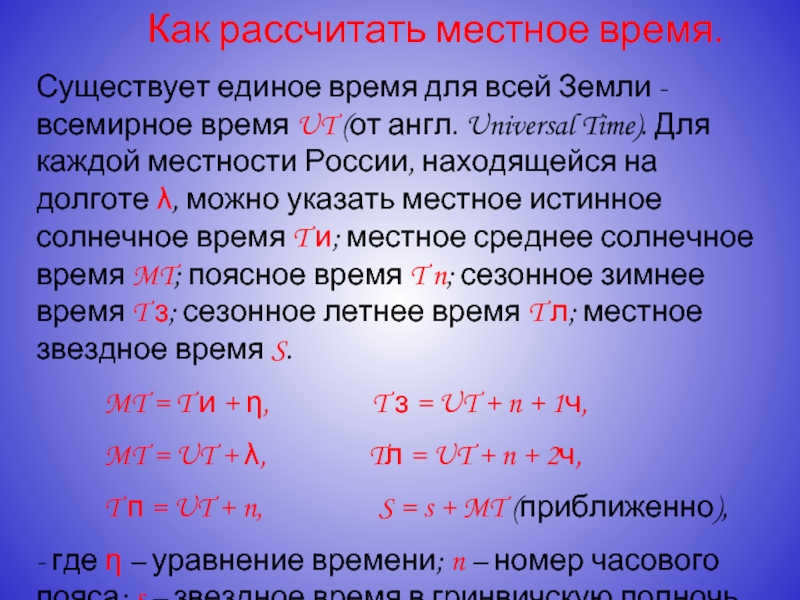
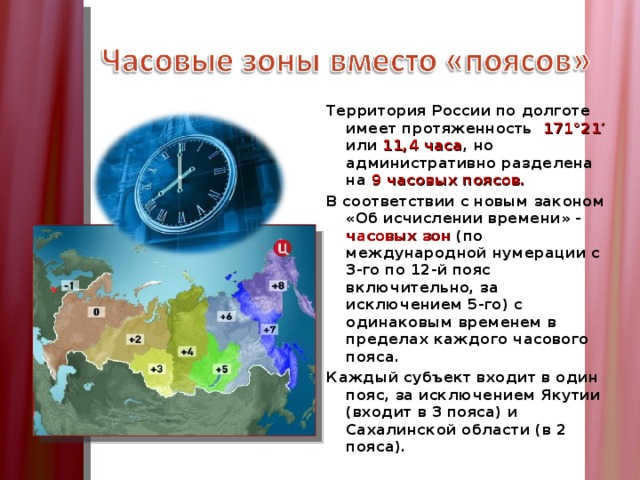
To gain a deeper understanding of light pollution and its impact on both human and animal well-being, we encourage you to peruse our informative article.
In summary, it is important to note that civil twilight is not ideal for stargazing, as the sky is still too bright. However, during navigational twilight, you can already witness a significant increase in visible stars. For the optimal stargazing experience, astronomical twilight is the prime time to observe stars and planets. Additionally, deep space objects are best observed when total darkness has set in, typically at night. By recognizing the onset of total darkness, you can plan your observations when the moon’s illumination is minimal. Be sure to avoid areas with city lights, as they will hinder your ability to see anything beyond the moon and the brightest stars.
To enhance your night sky observations, we offer a variety of apps tailored to your specific needs. We recommend downloading the appropriate app in advance. Lastly, don’t forget to activate the night mode feature on your device to preserve your night vision!
We hope you have clear skies and successful observations!
Ephemeris time
Ephemeris time is a time scale that defines seconds. It is not influenced by the rotation speed of the Earth. Moreover, it serves as the fundamental unit of time. This concept was introduced by J. M. Clemens in 1952.
Ephemeris time remains constant and is used for the sake of convenience in calculations.
As evident, time represents the duration of something. It can be considered the most distinct duration and value that humans have defined. Various methods have been devised to compute it.






